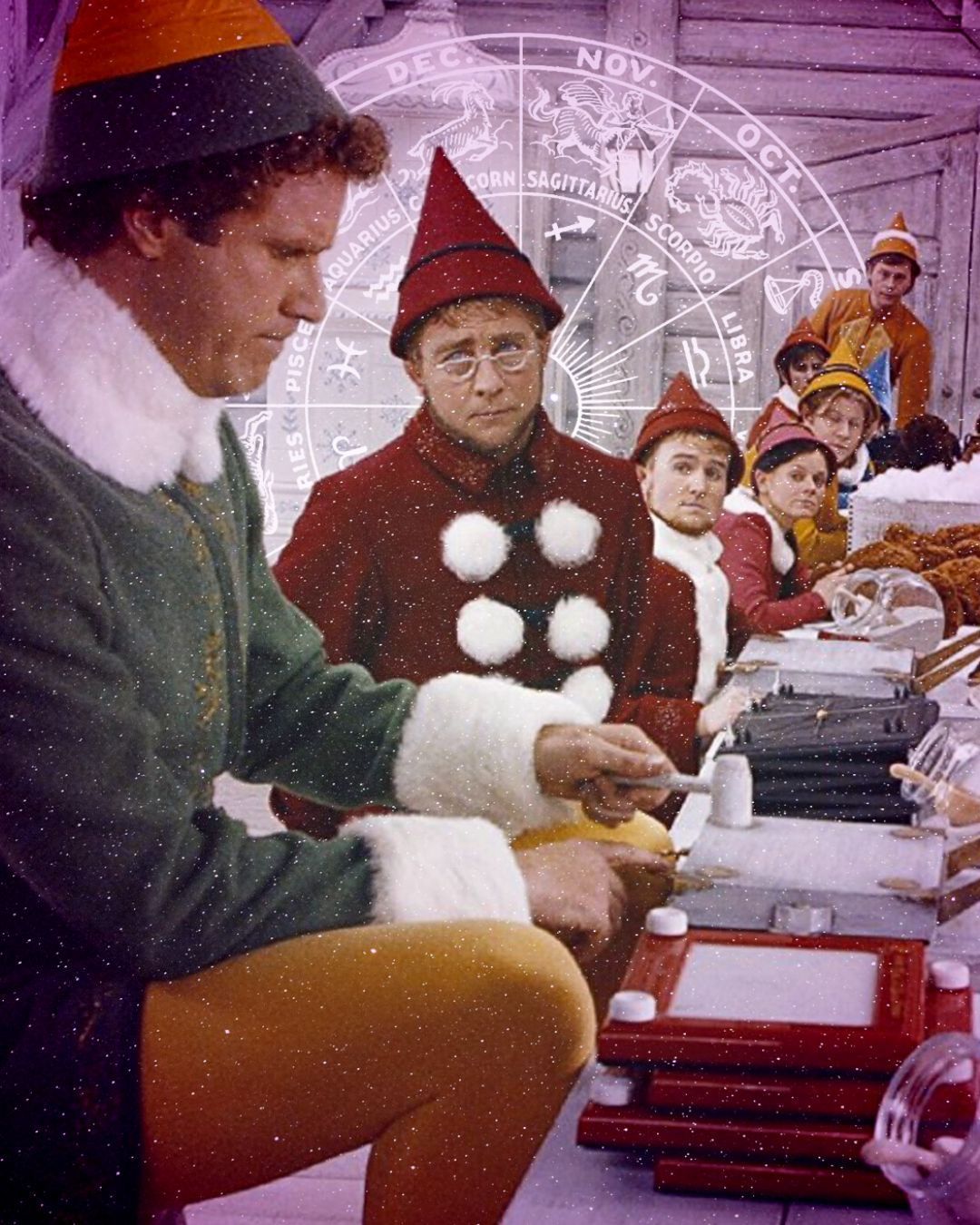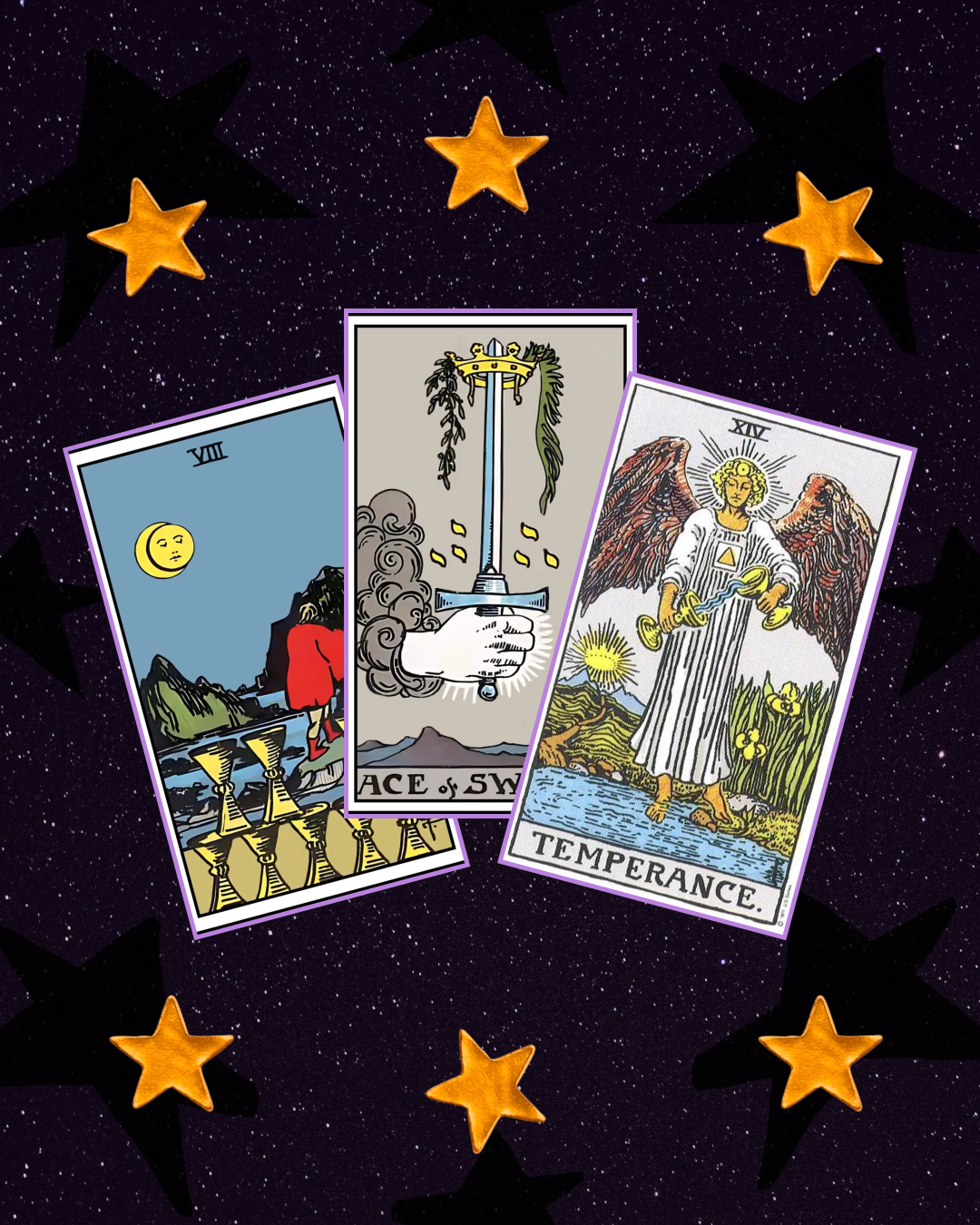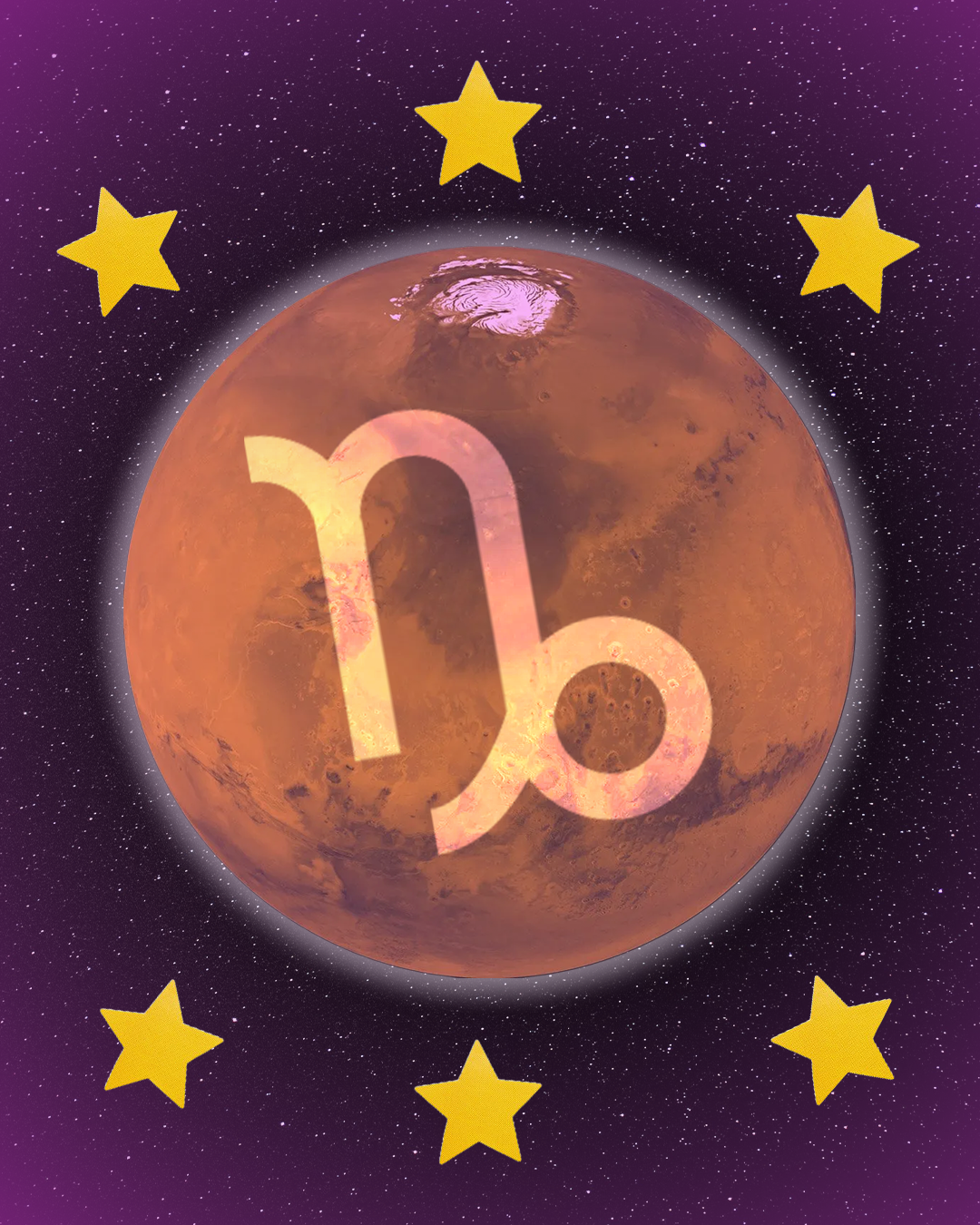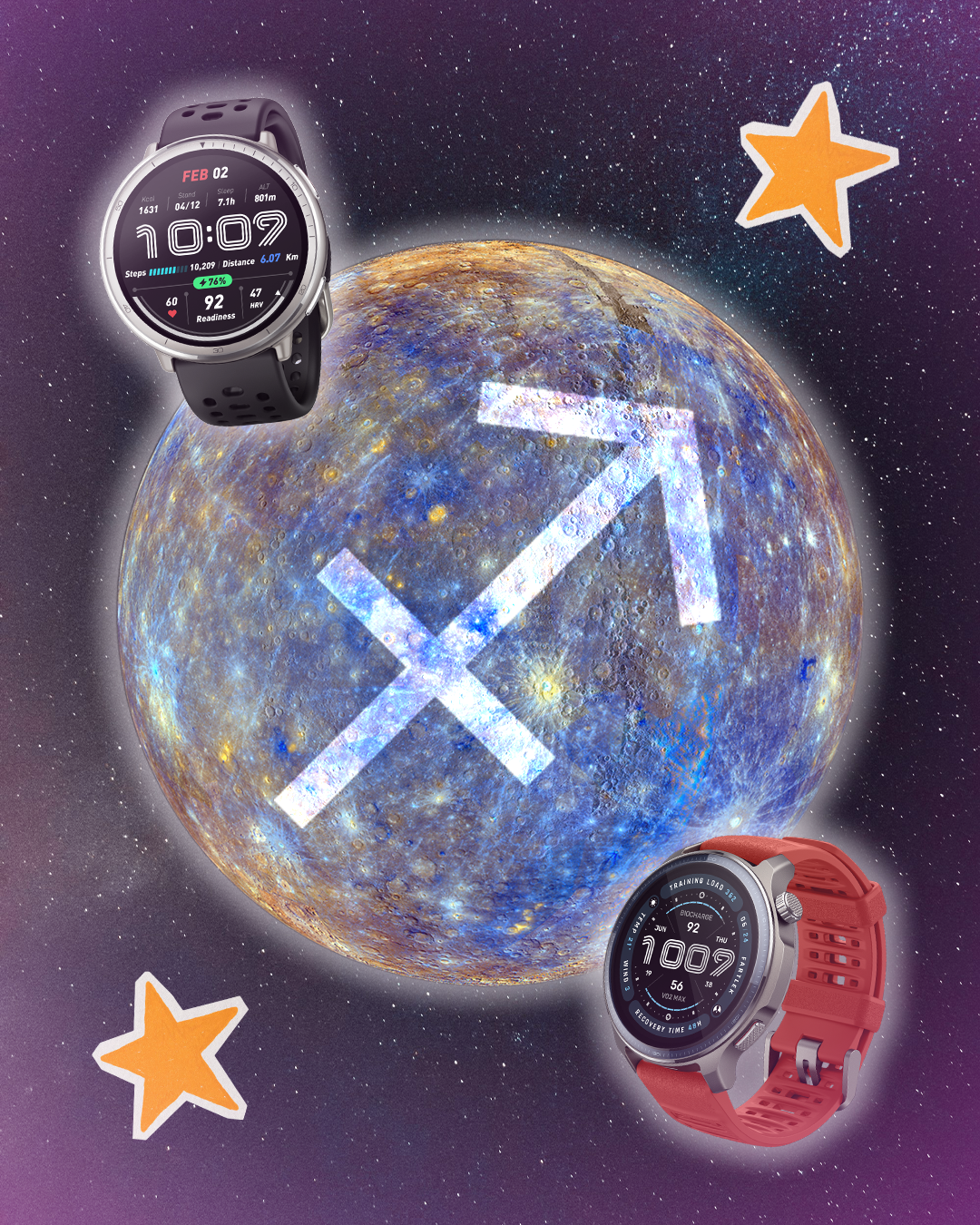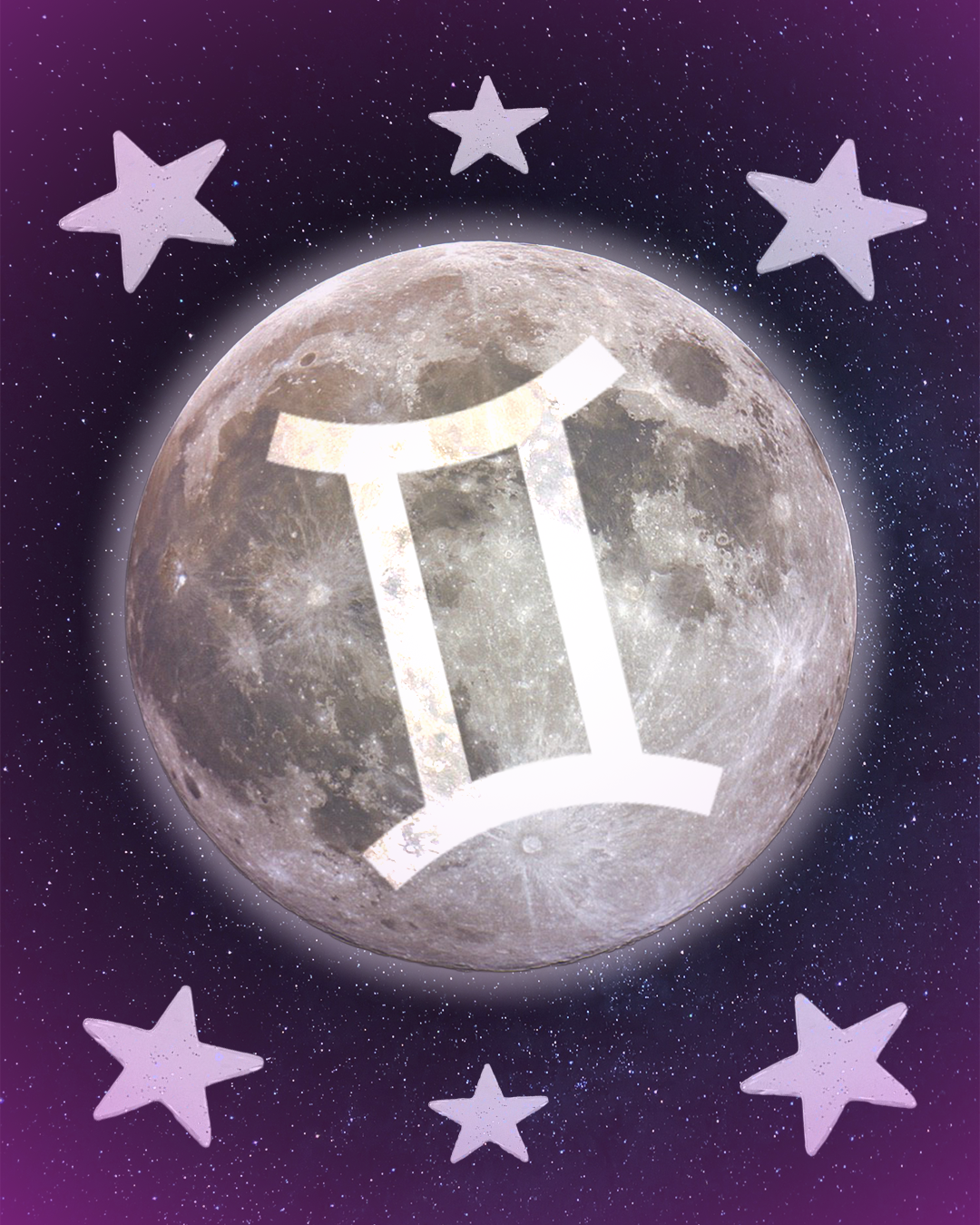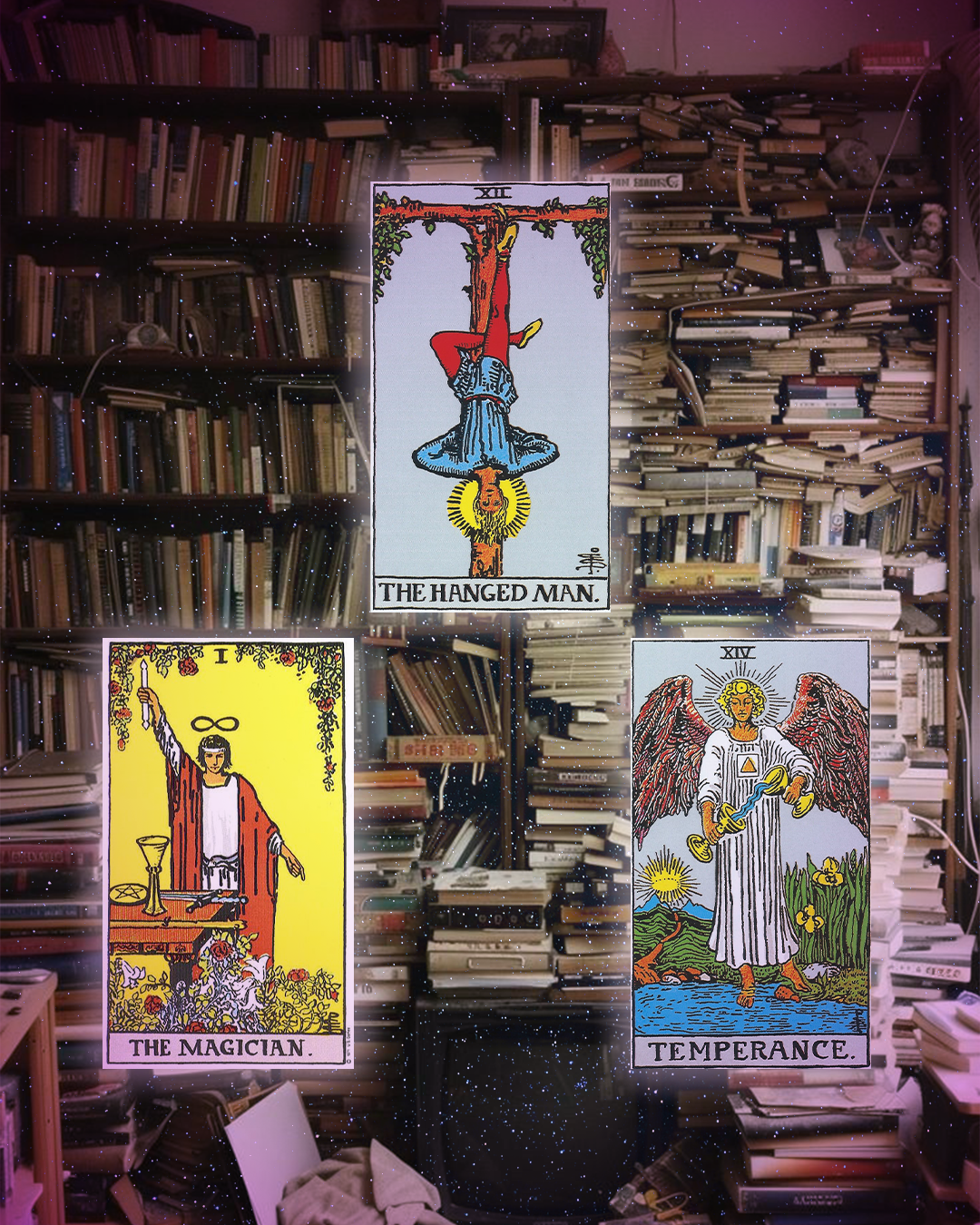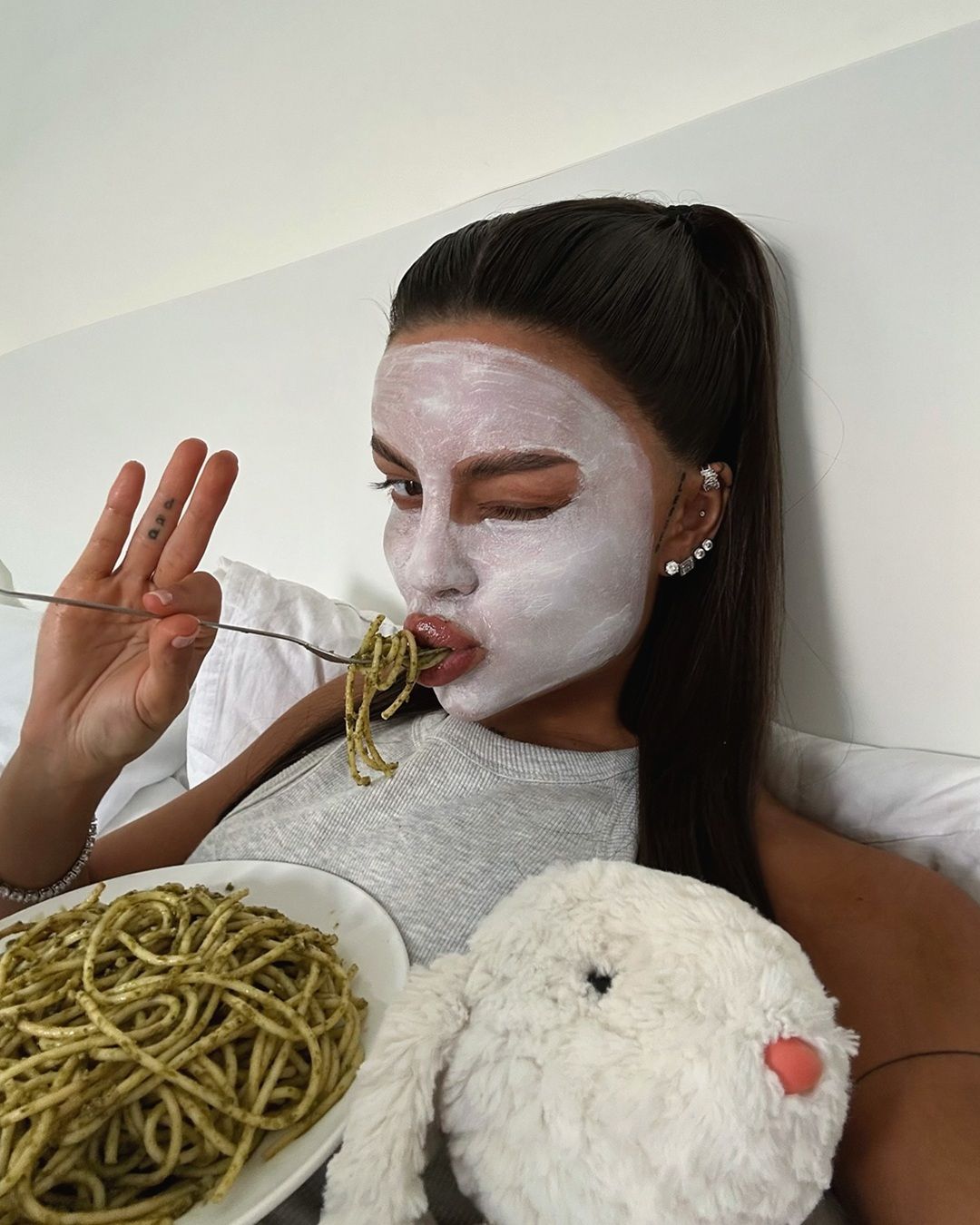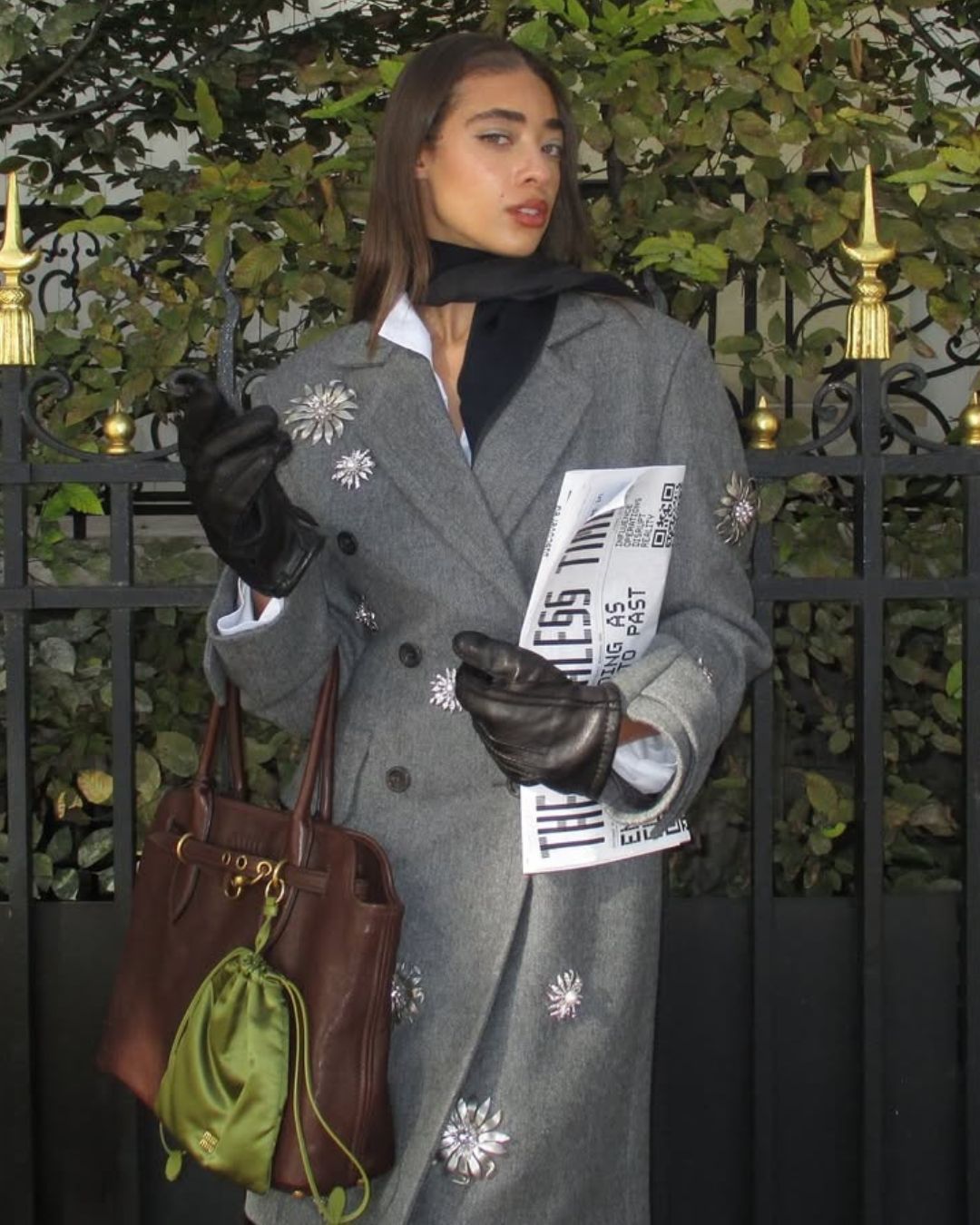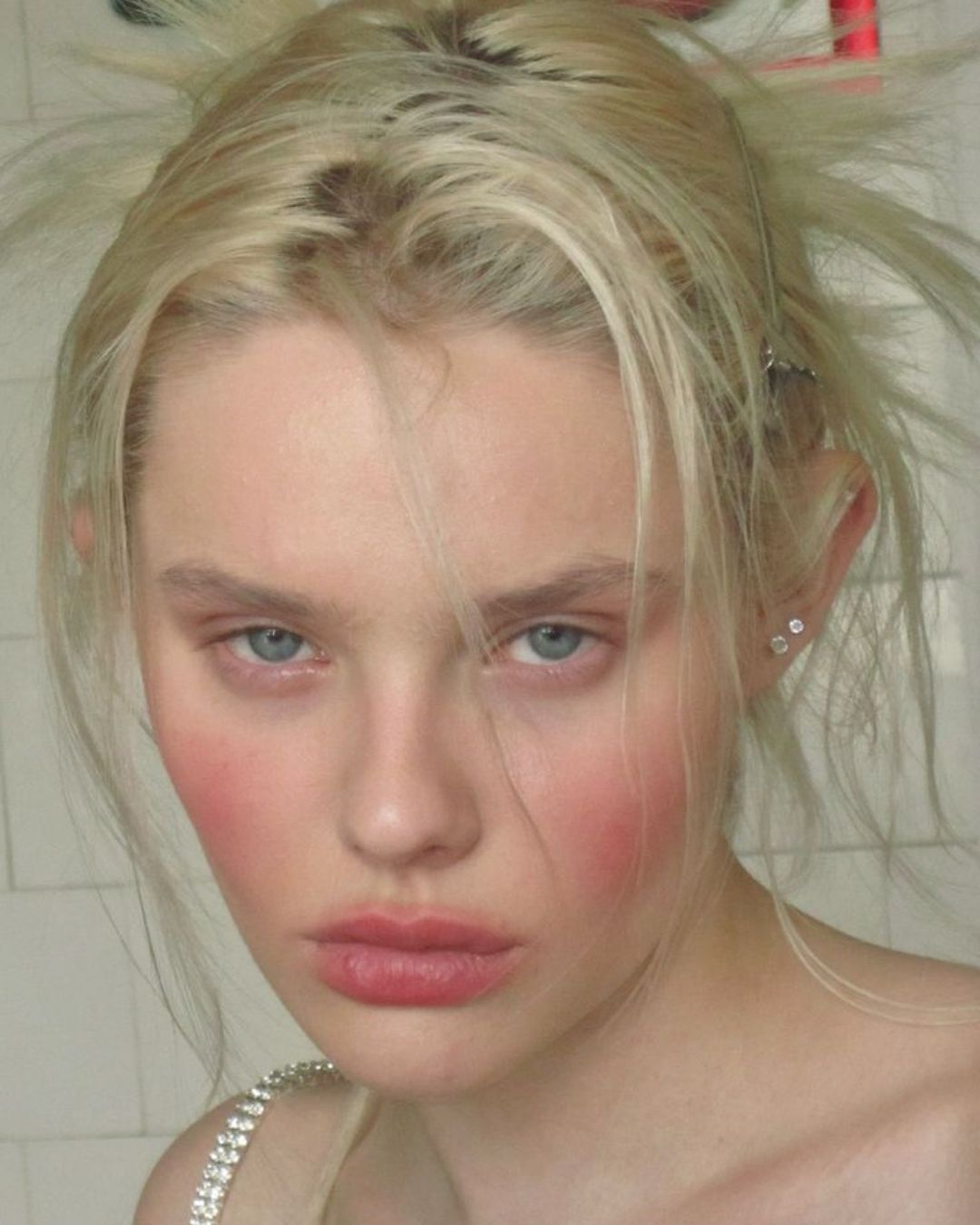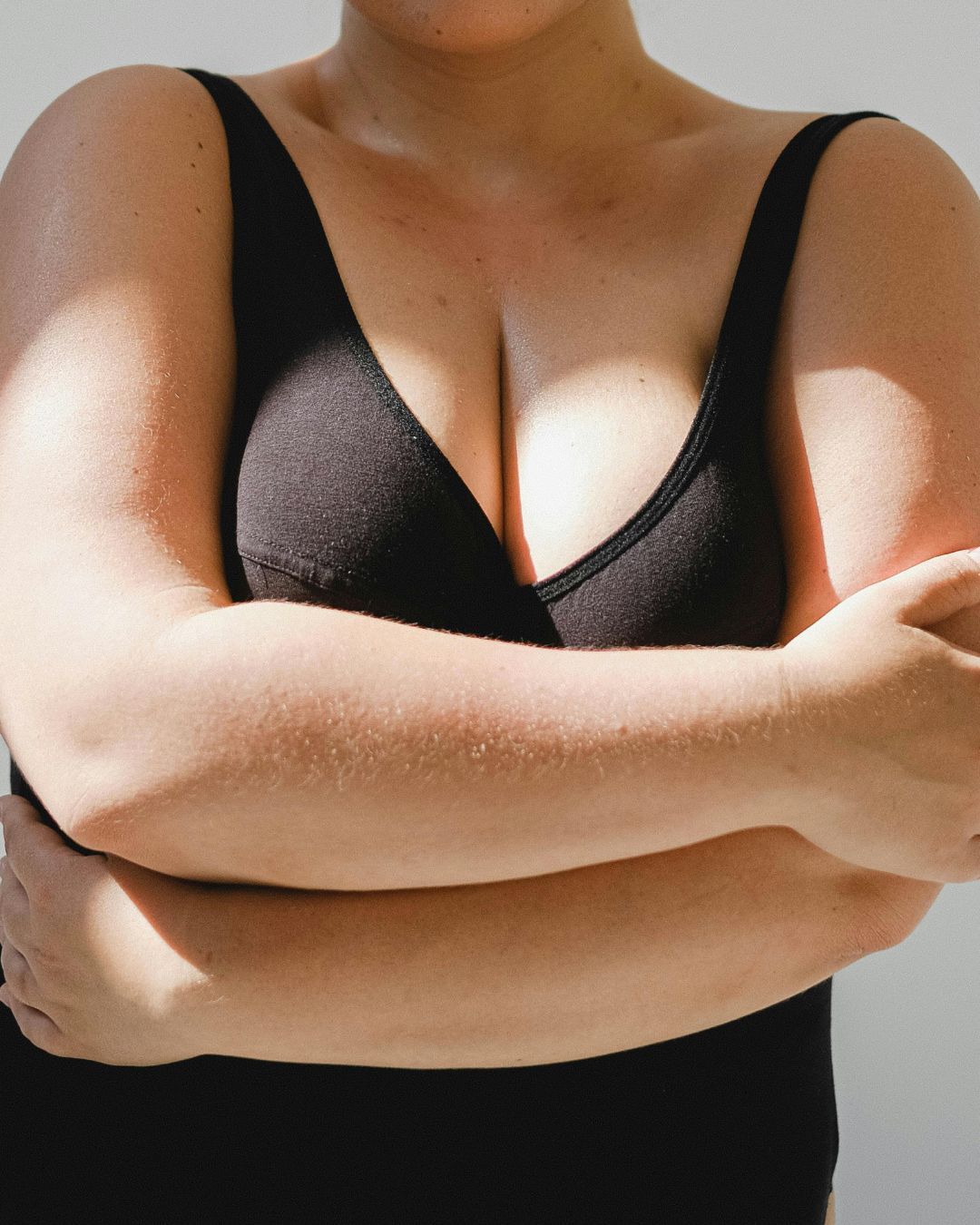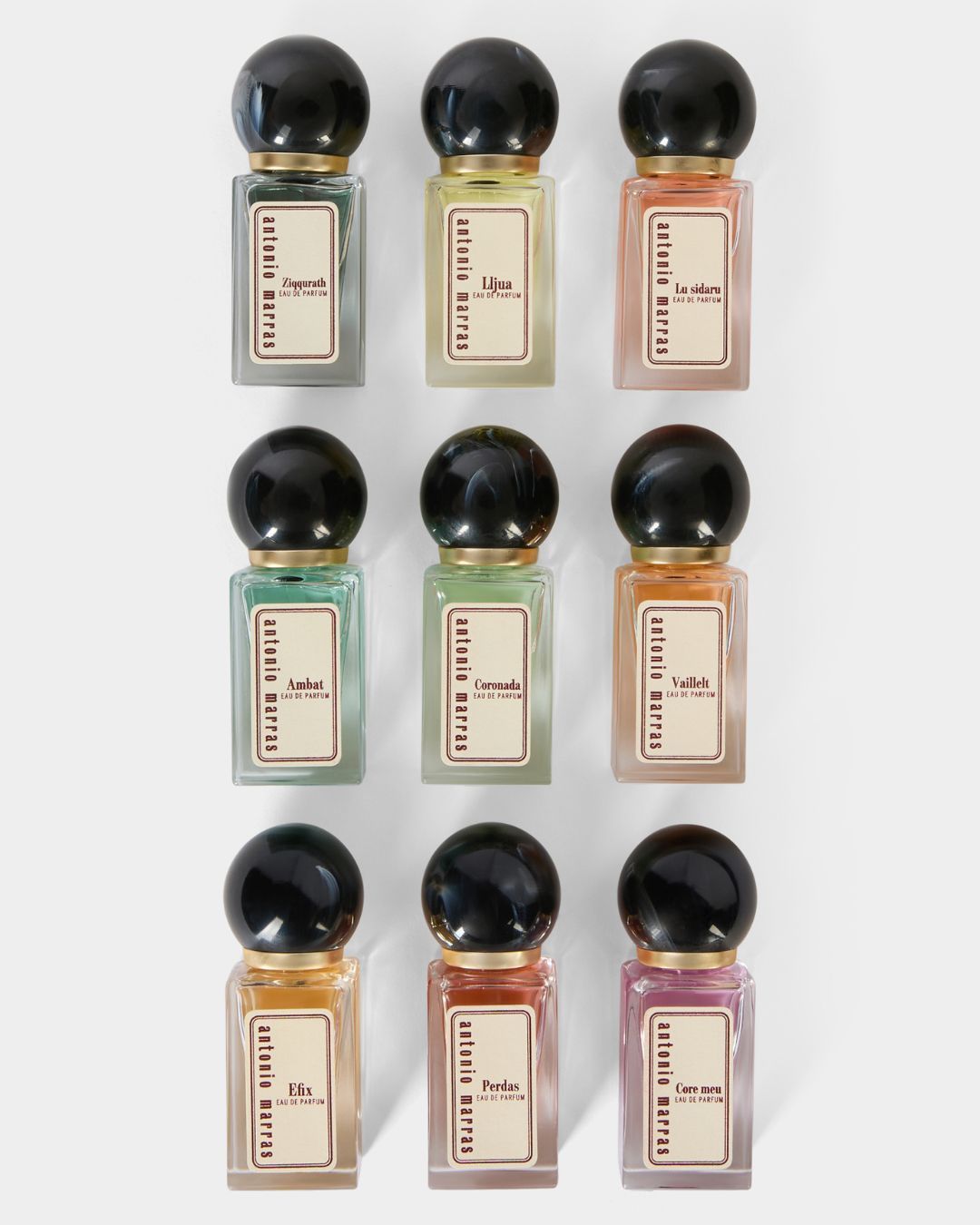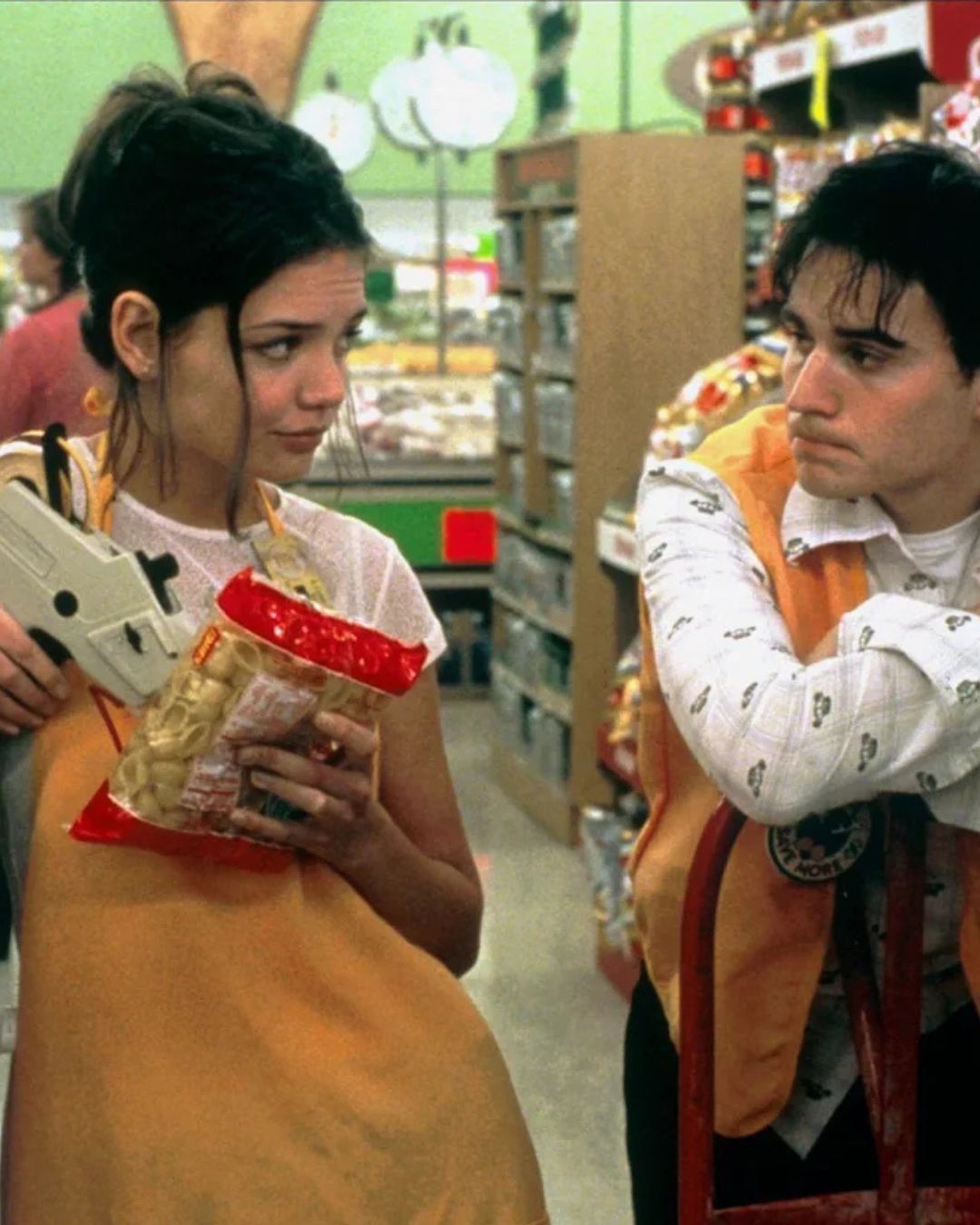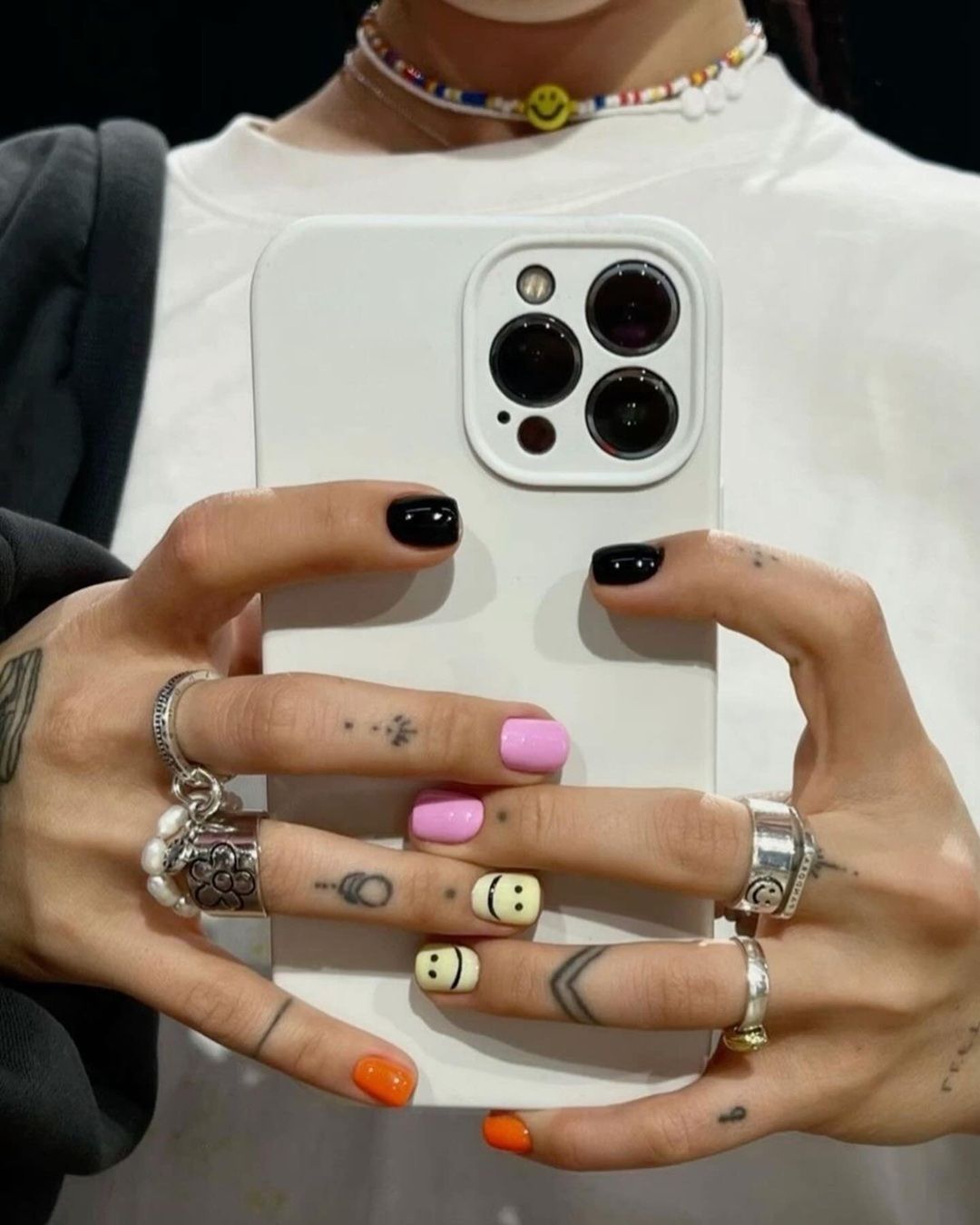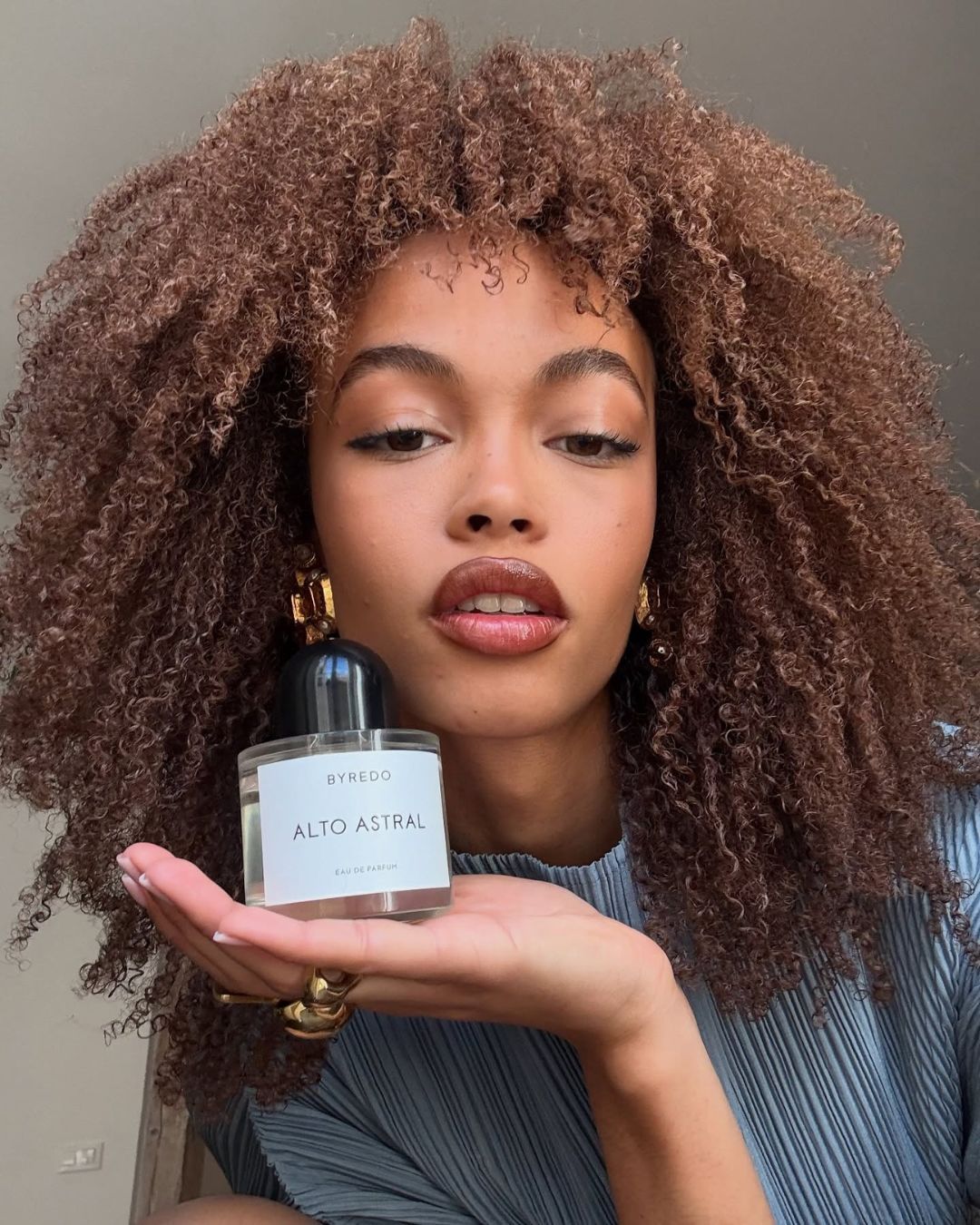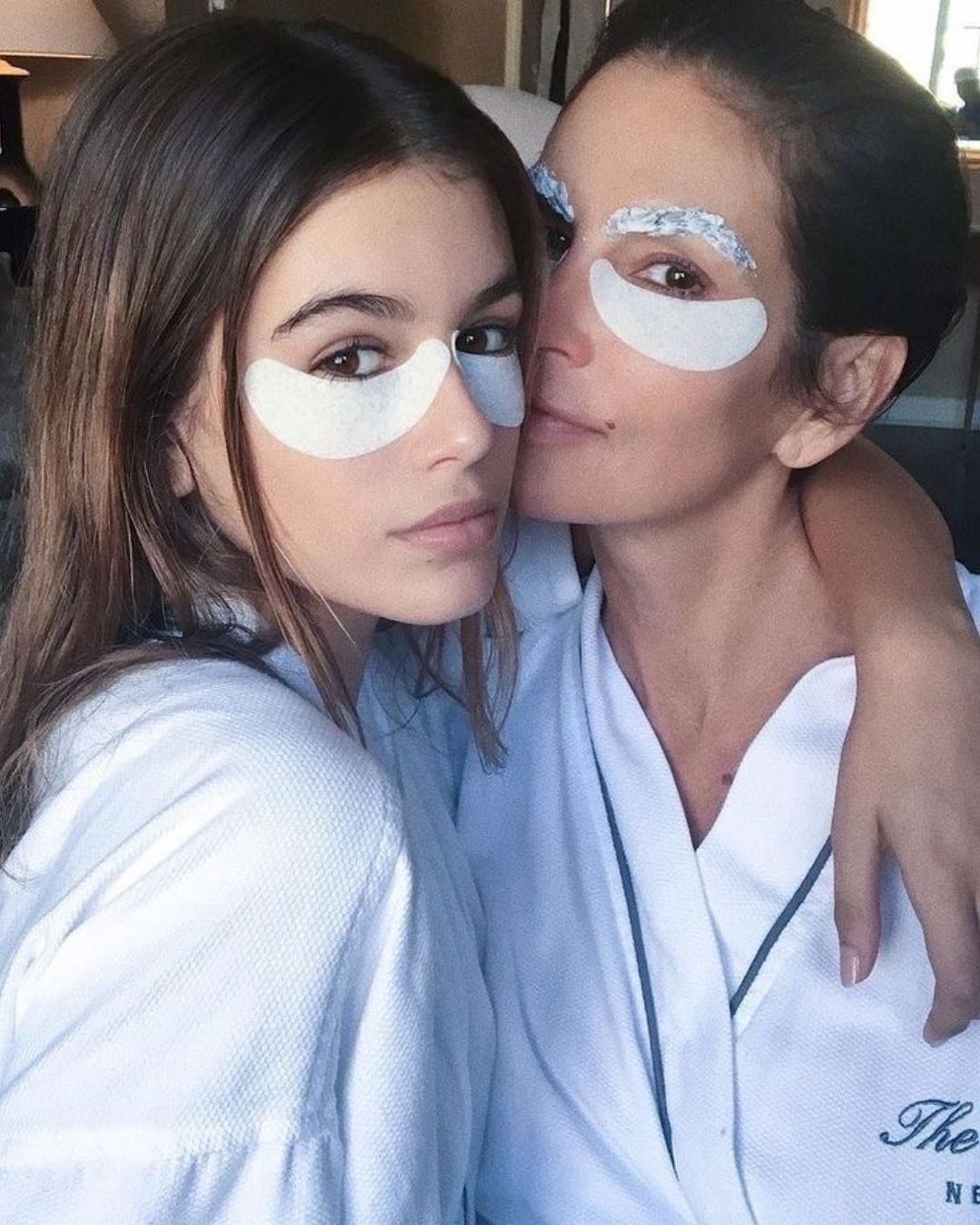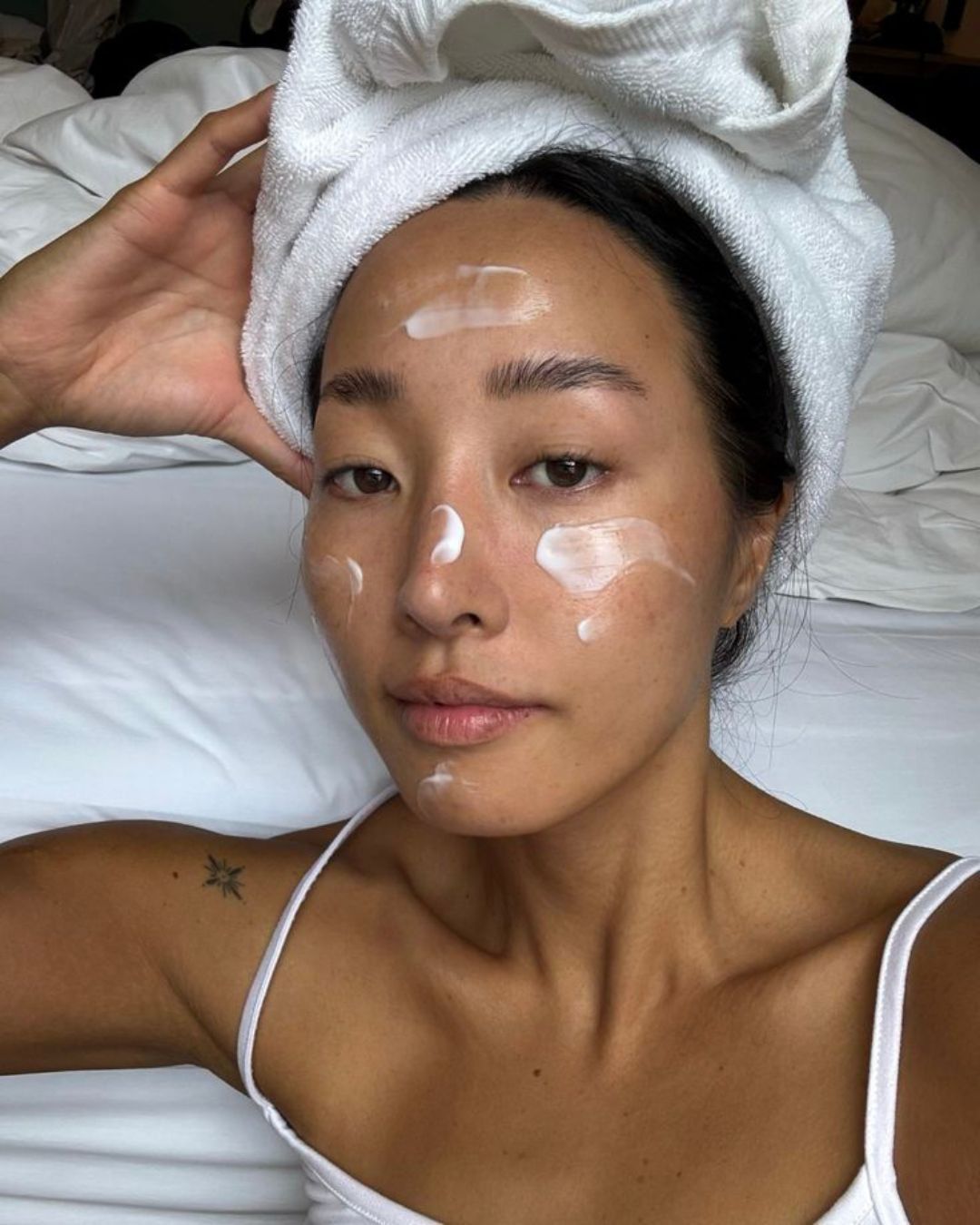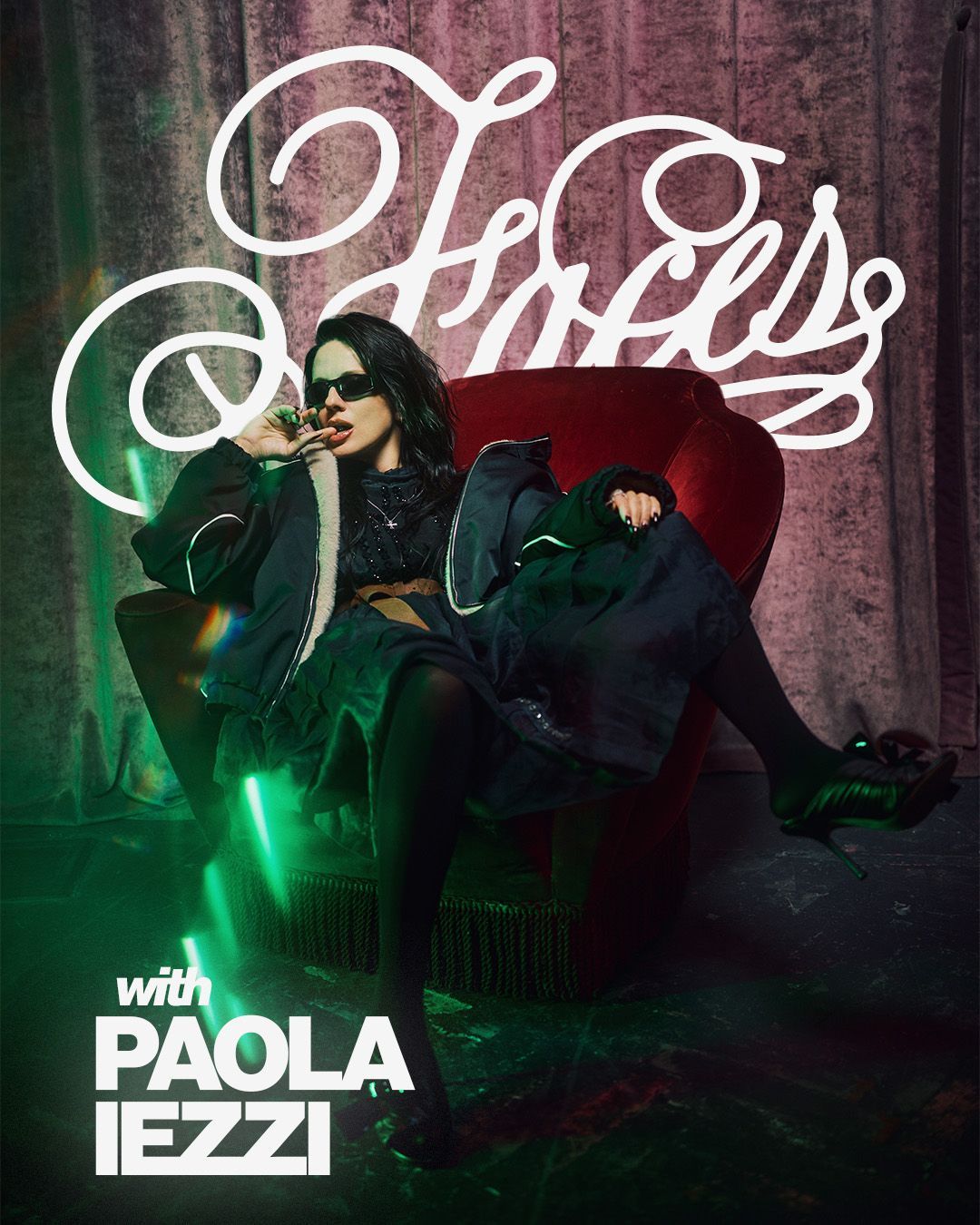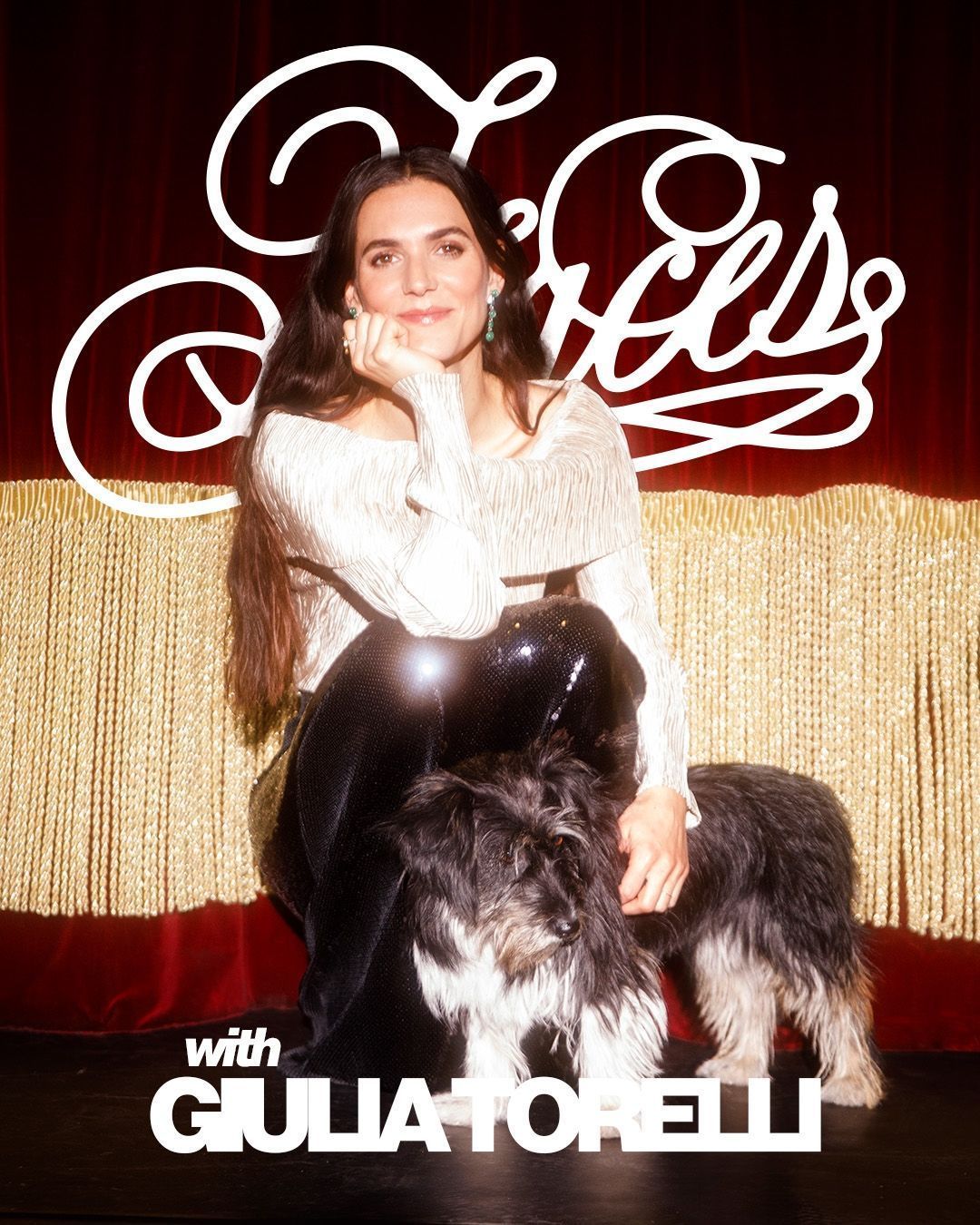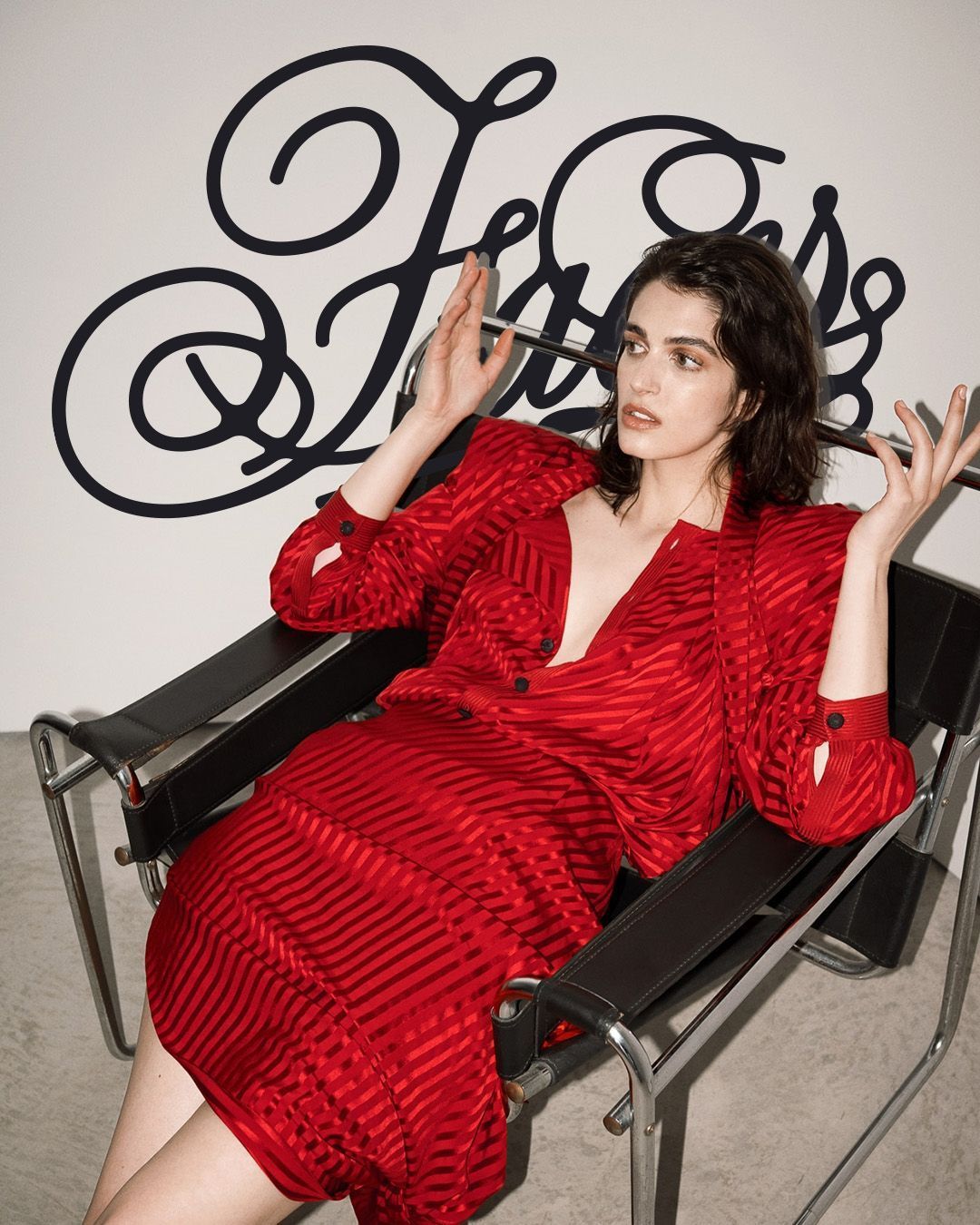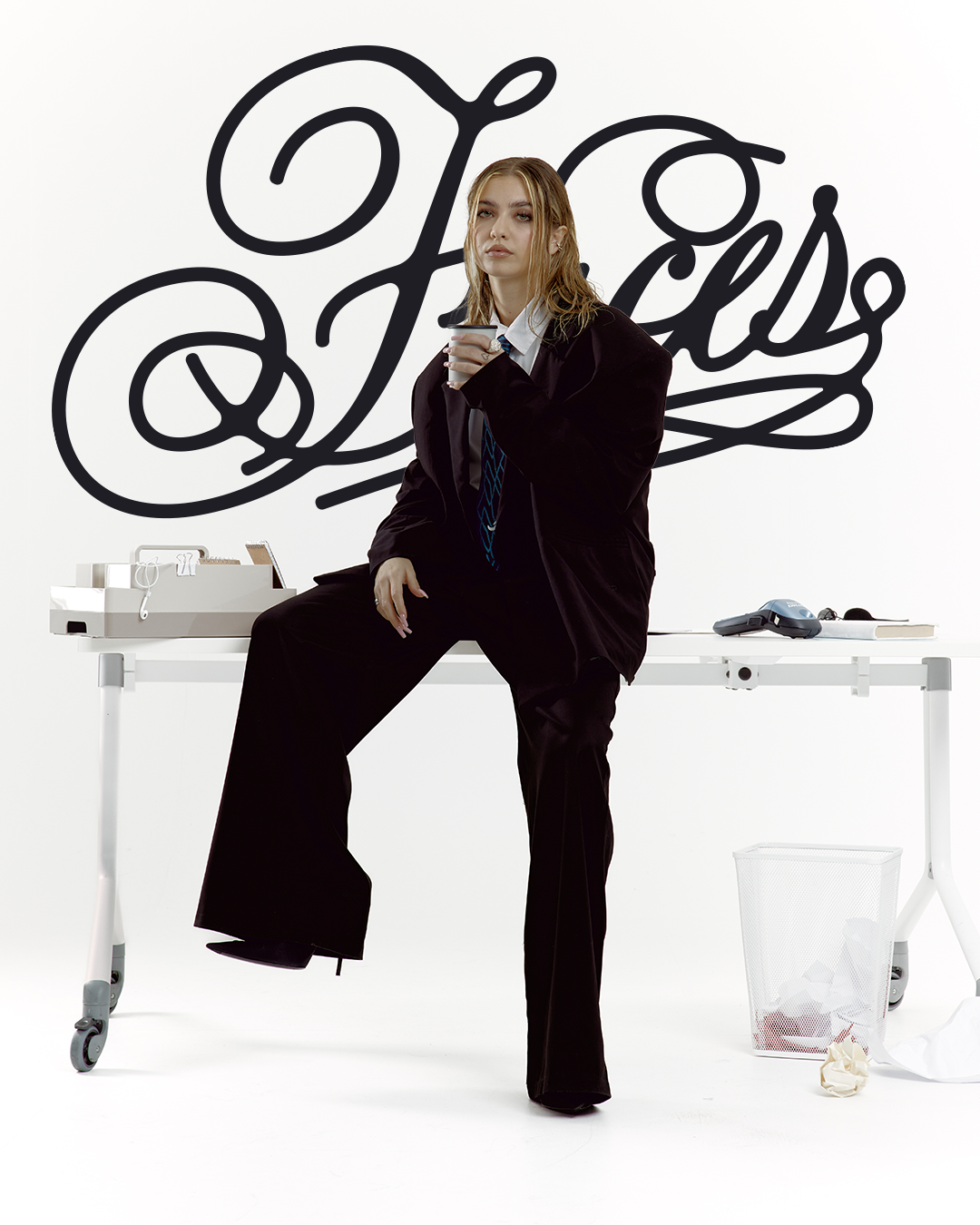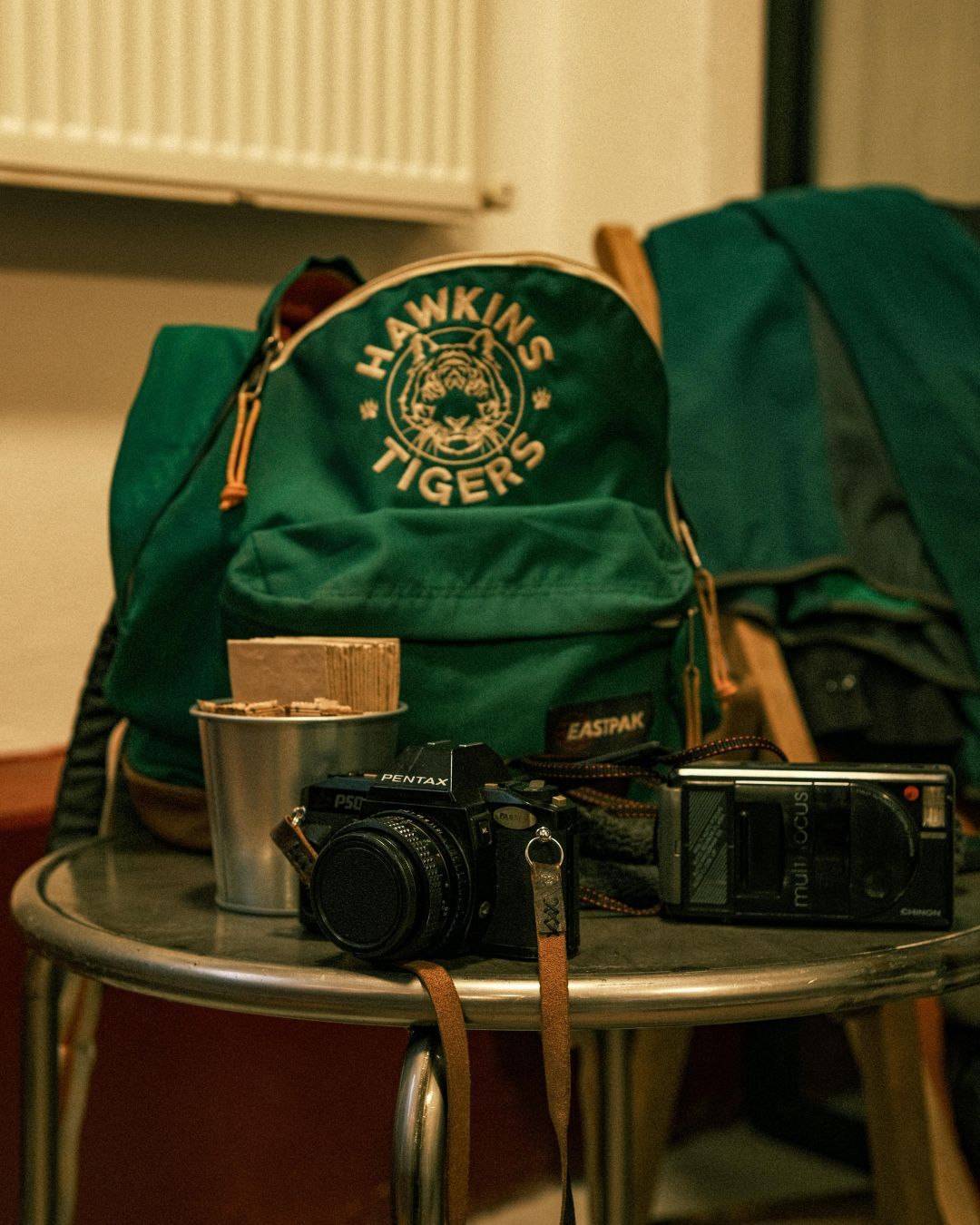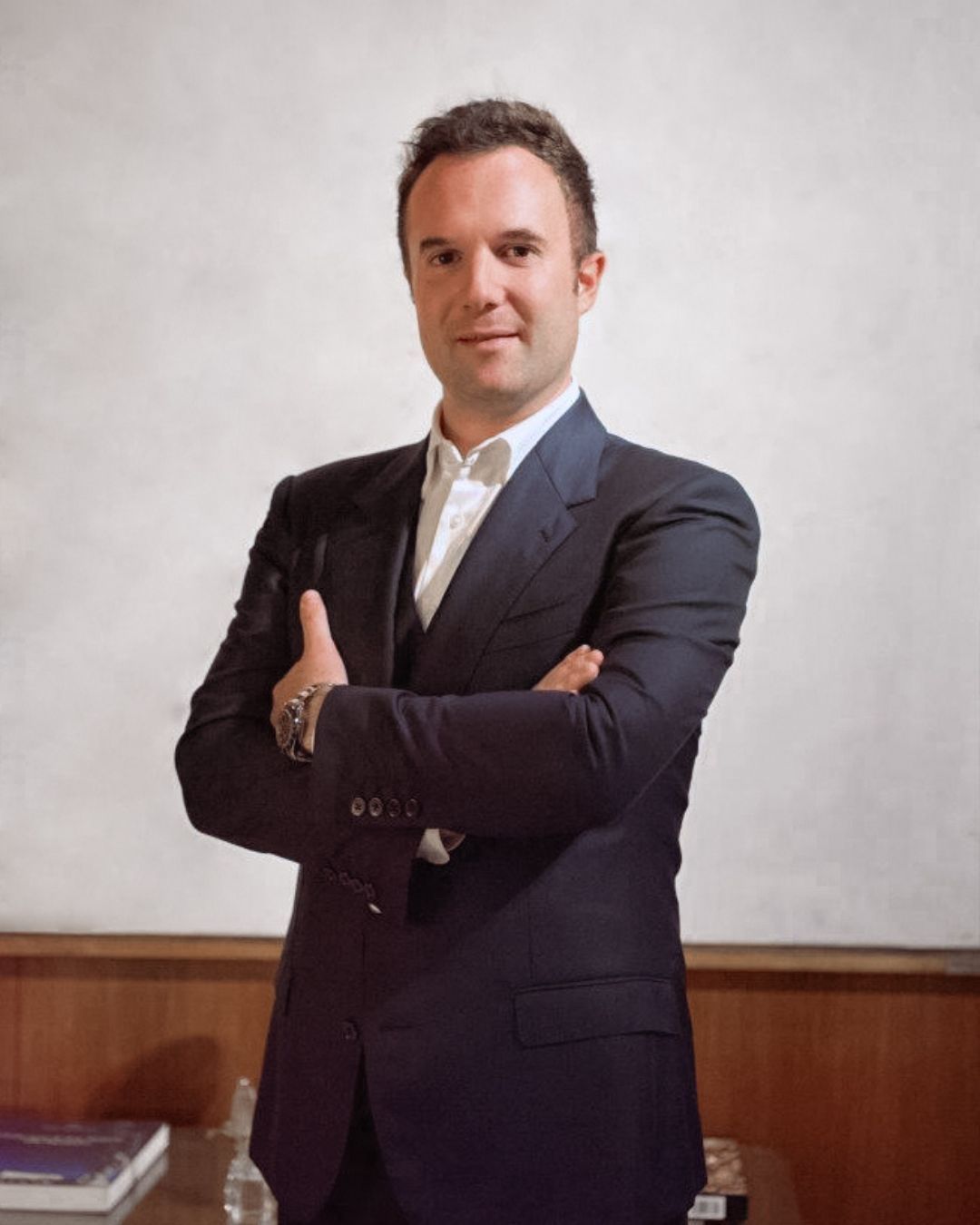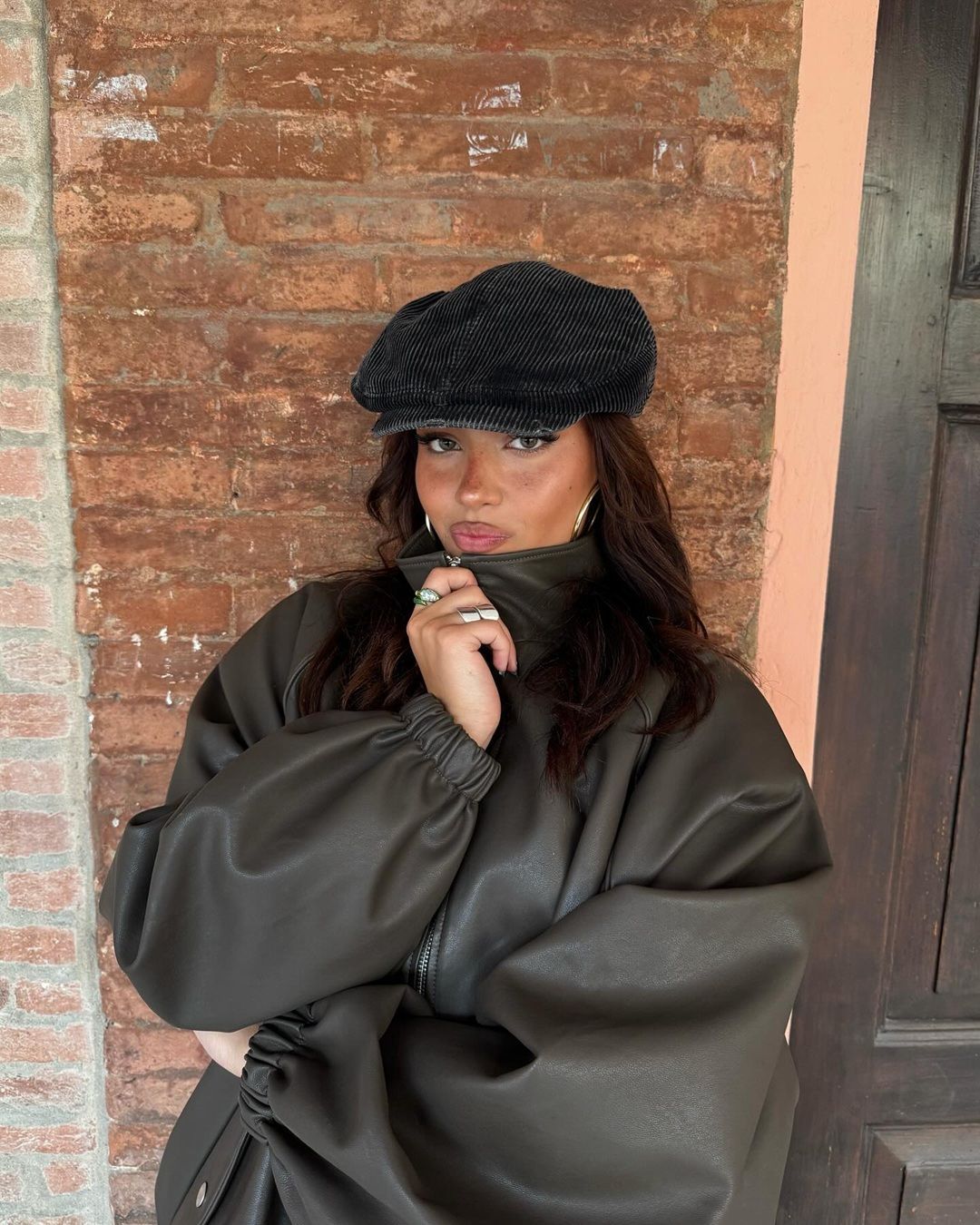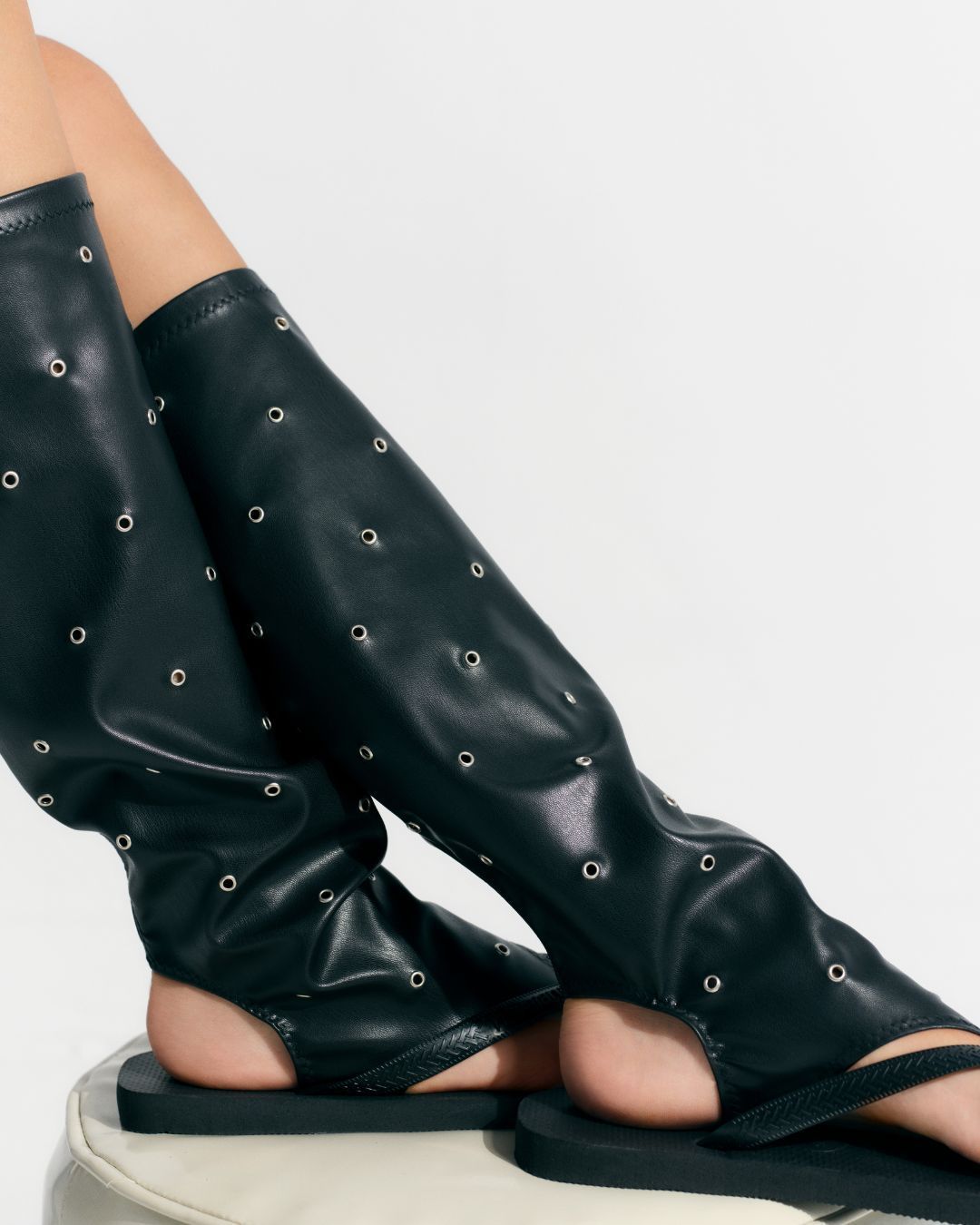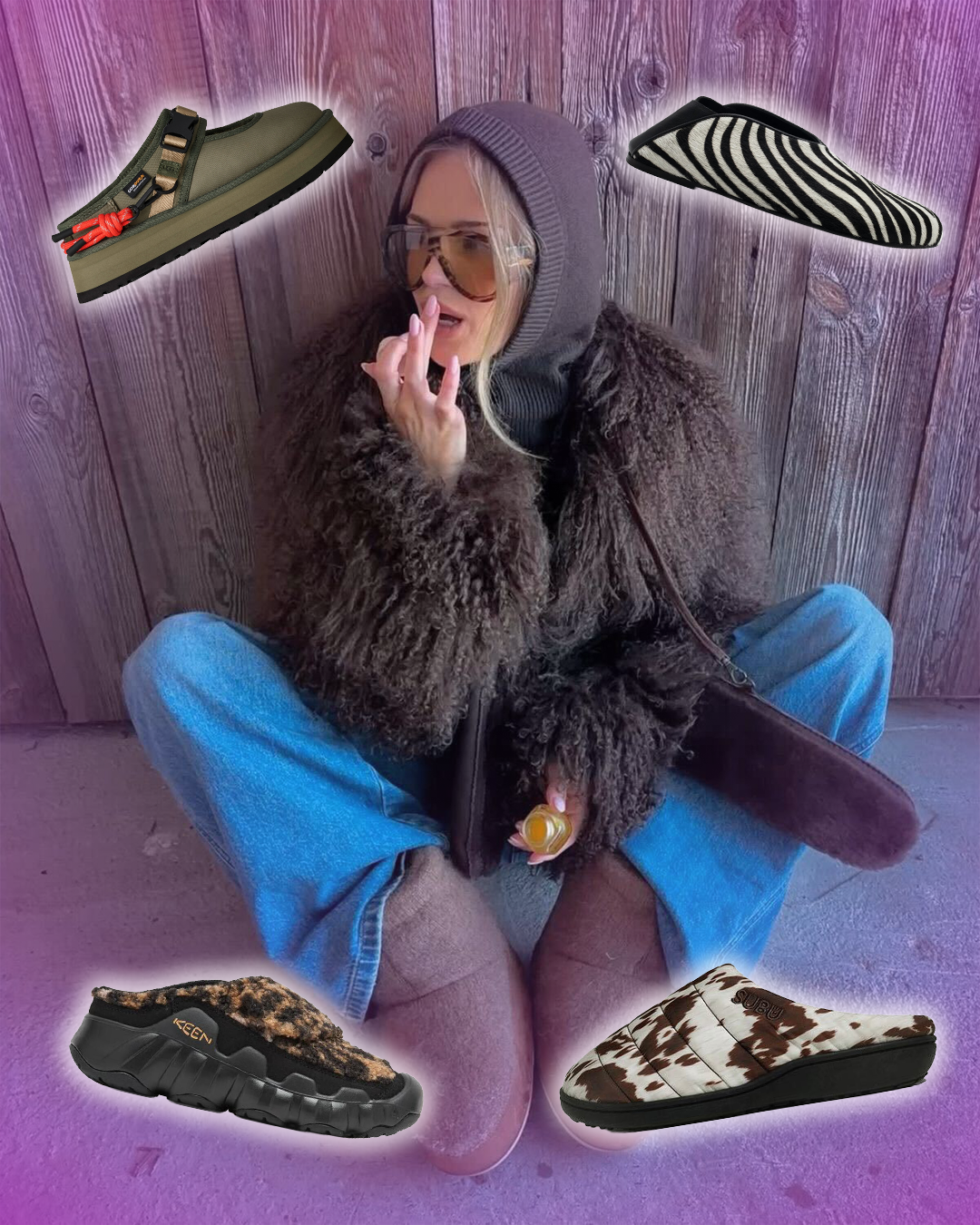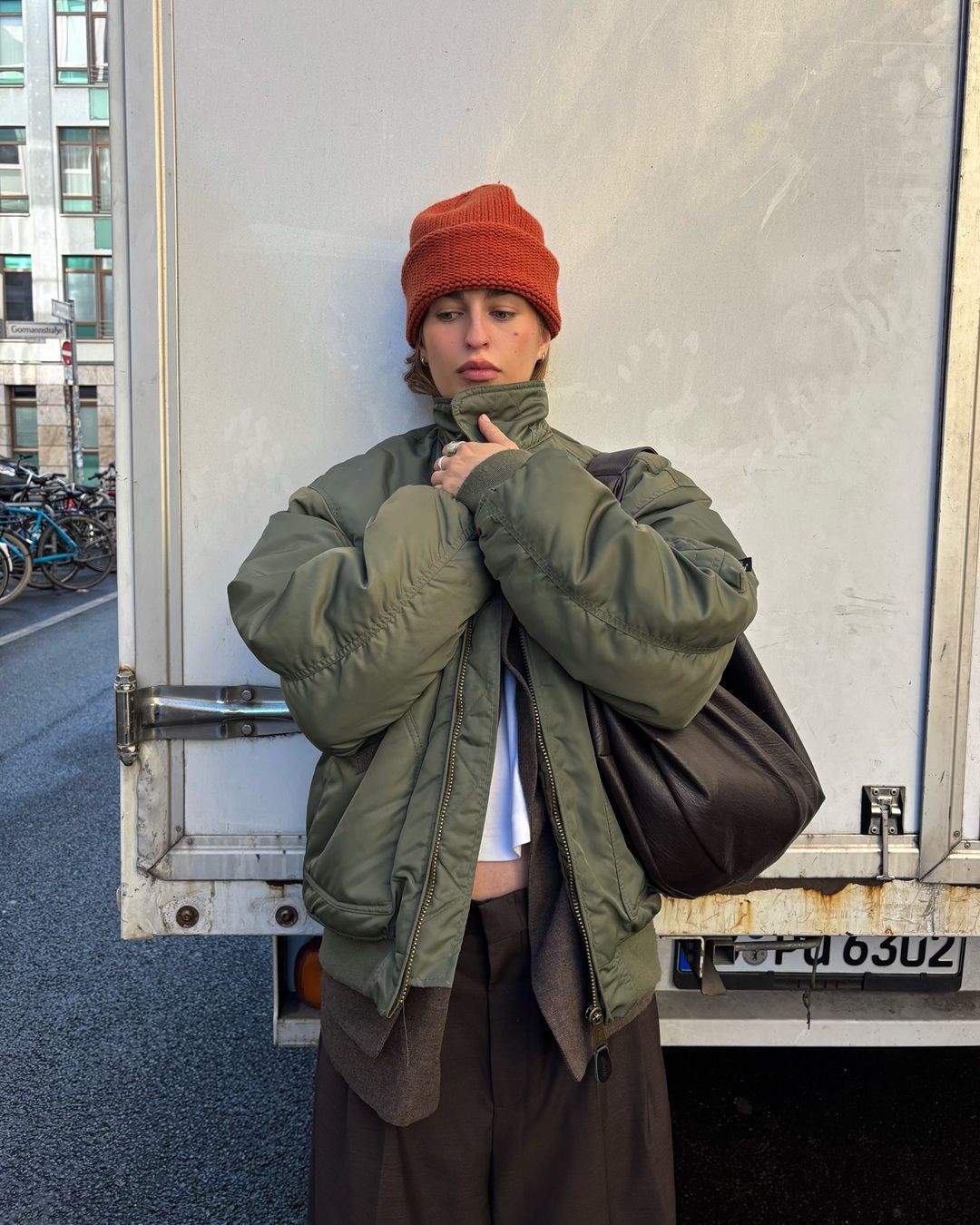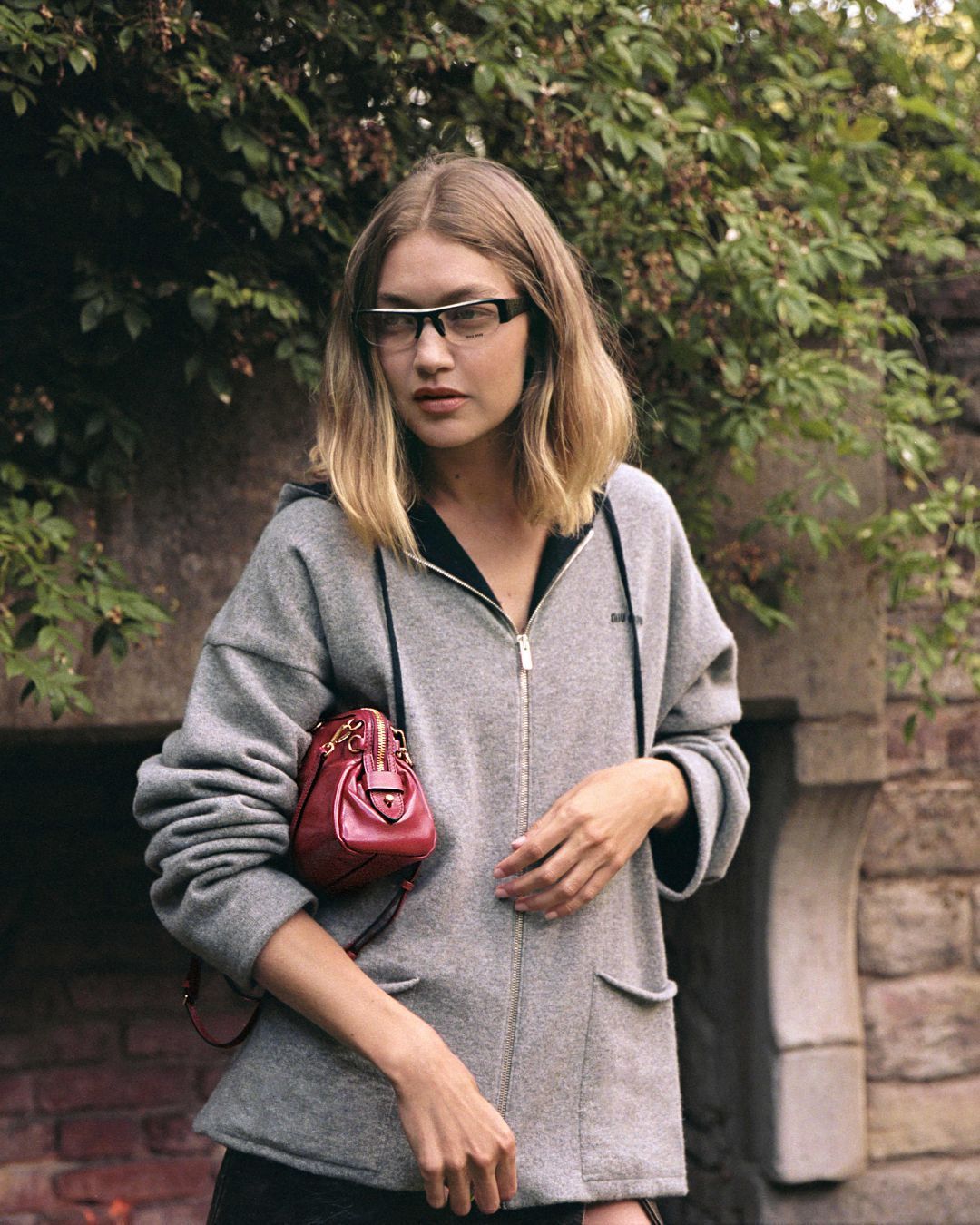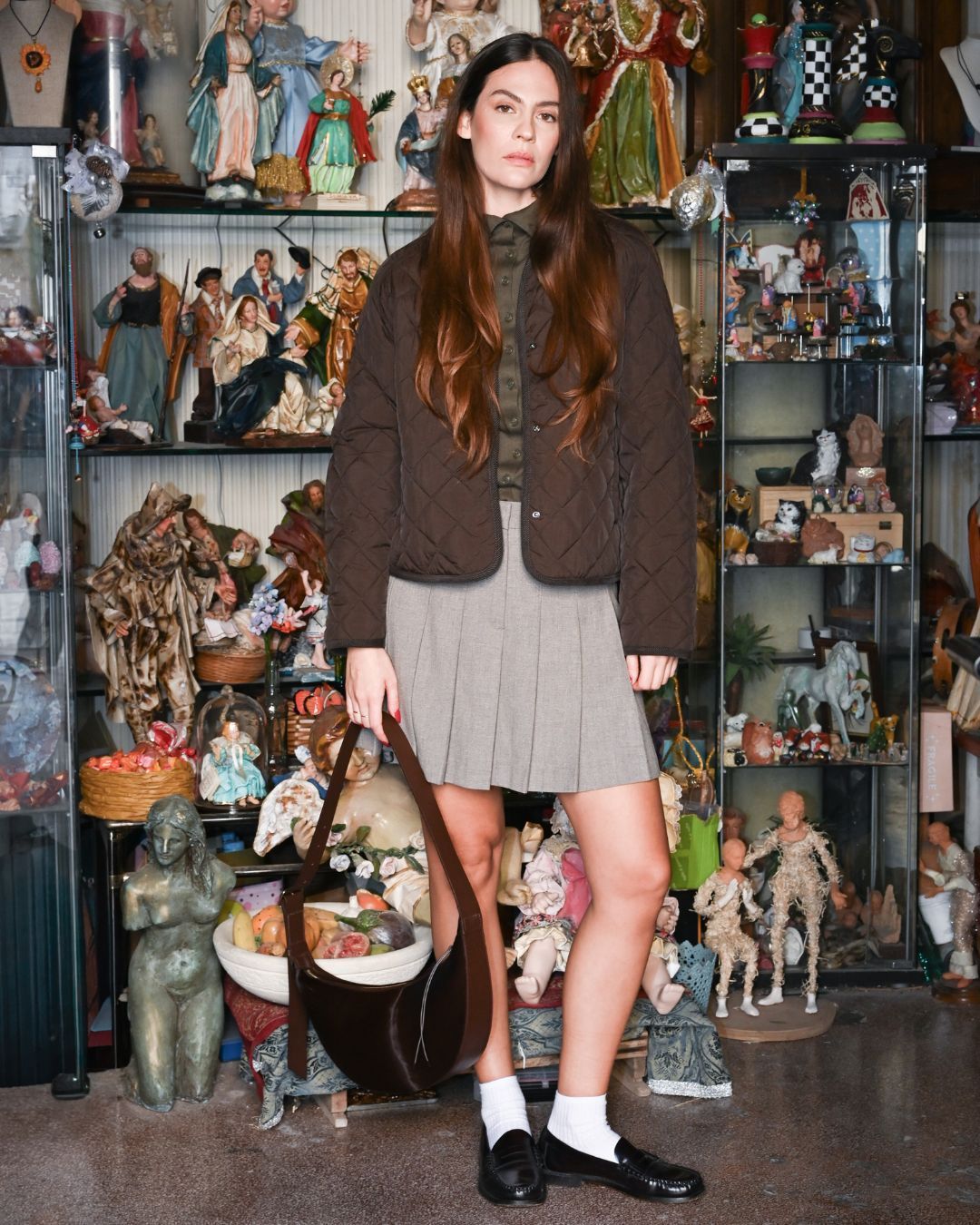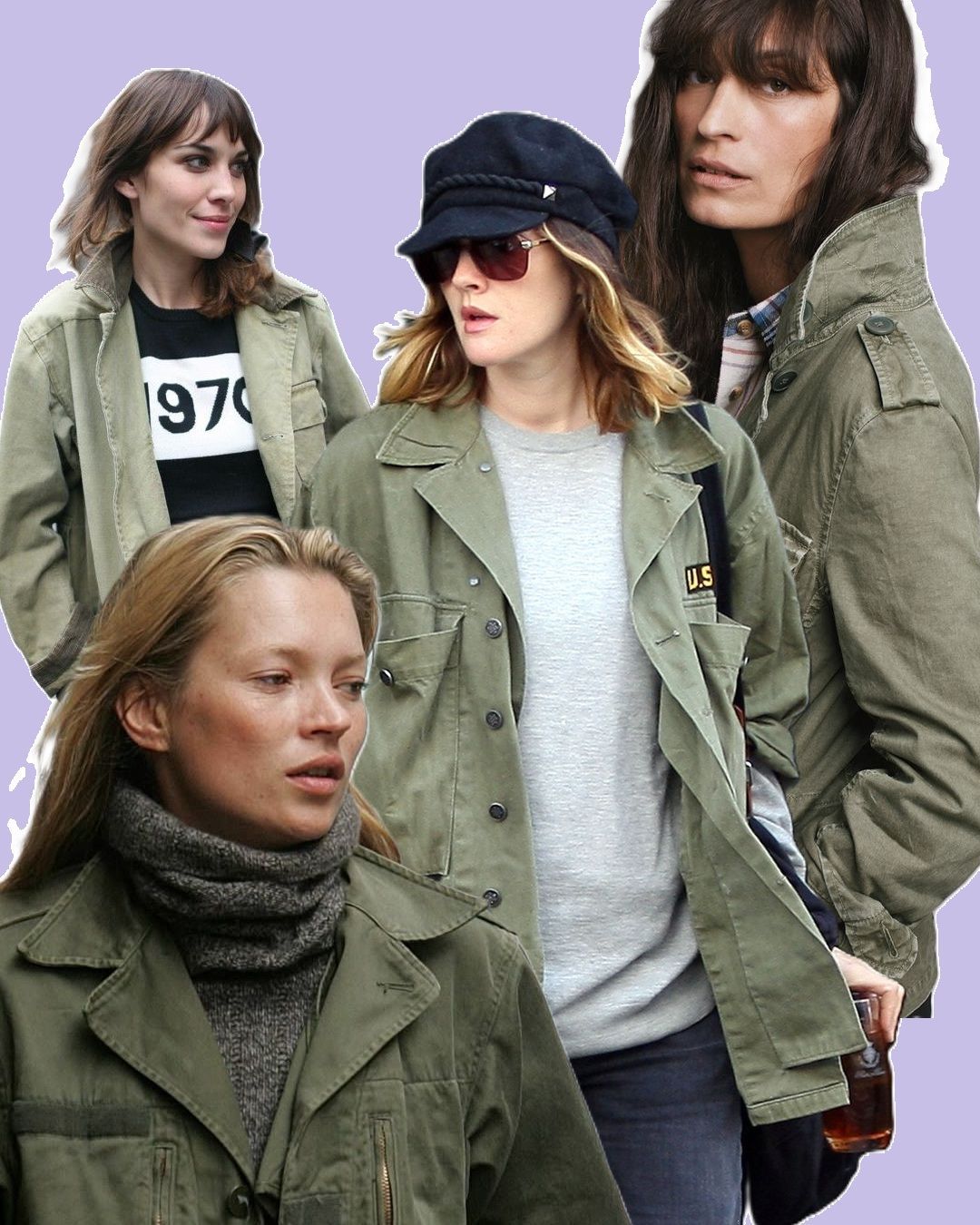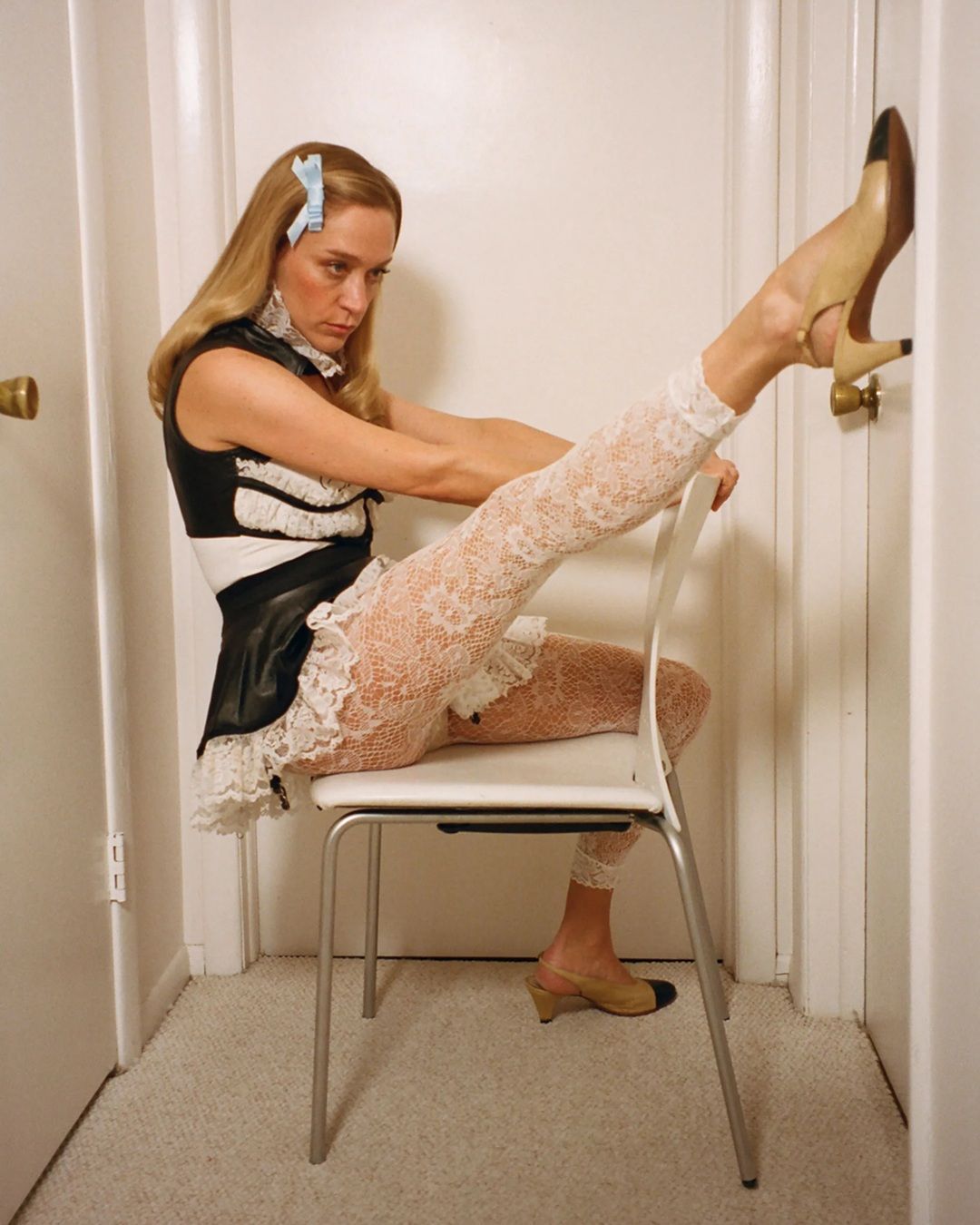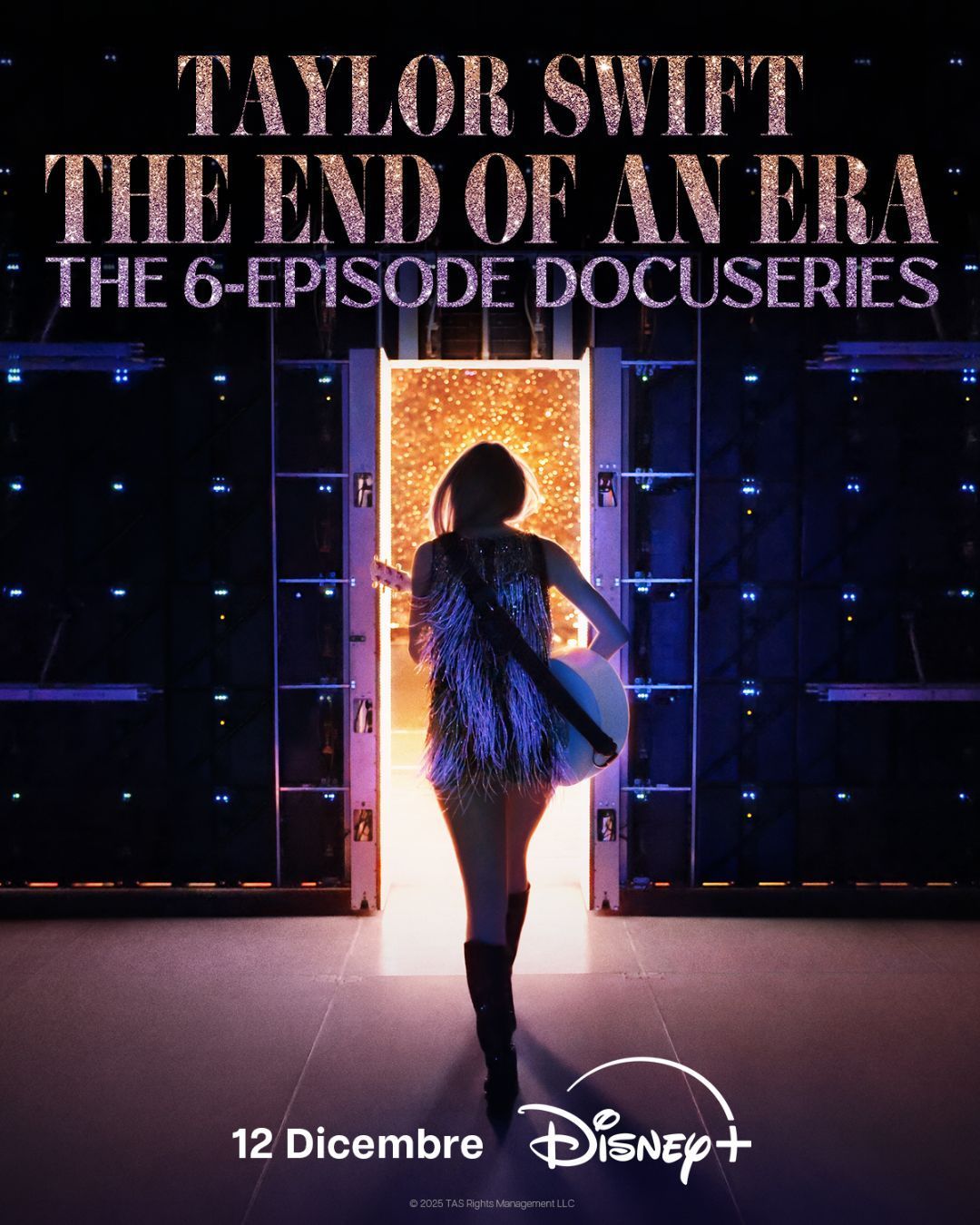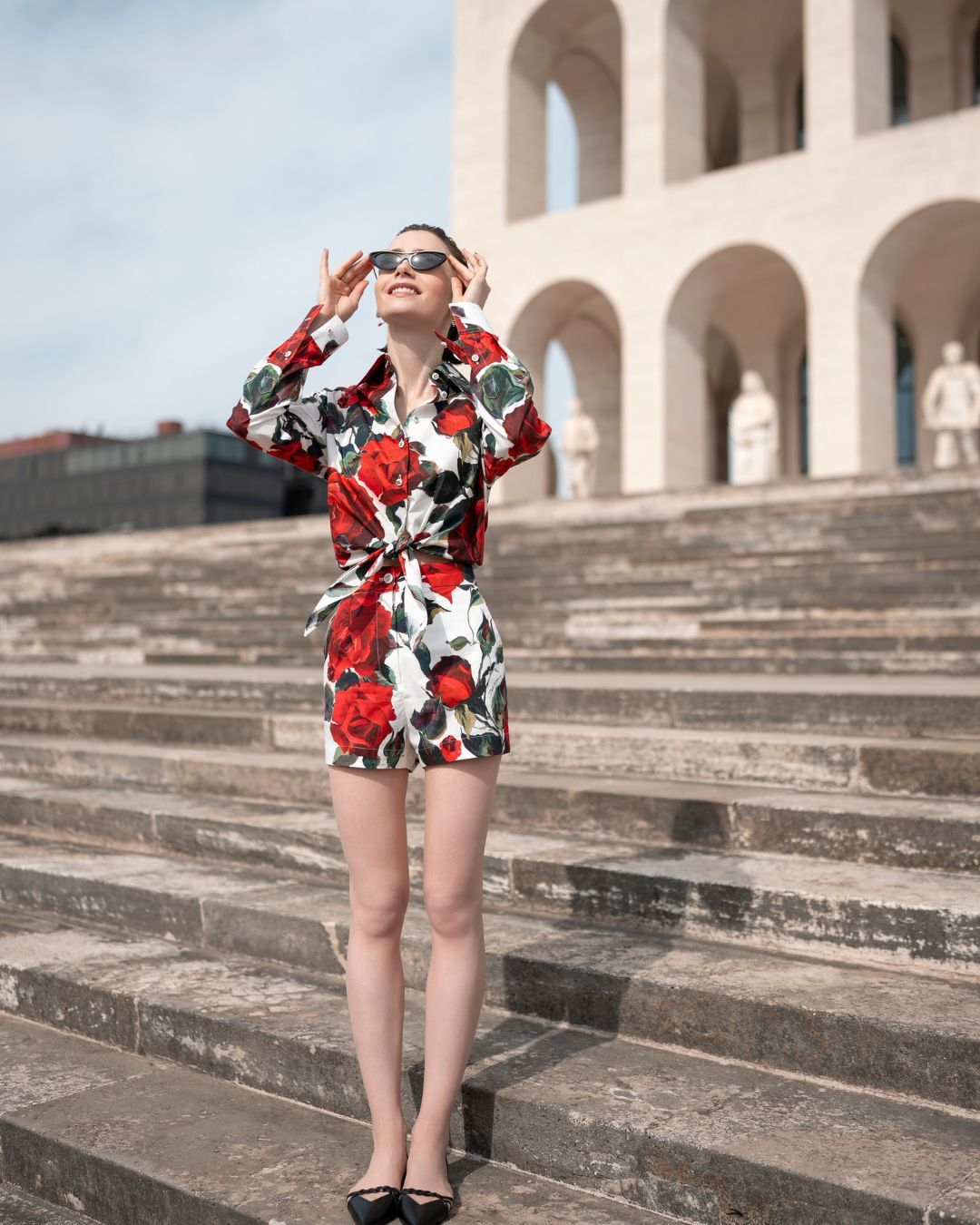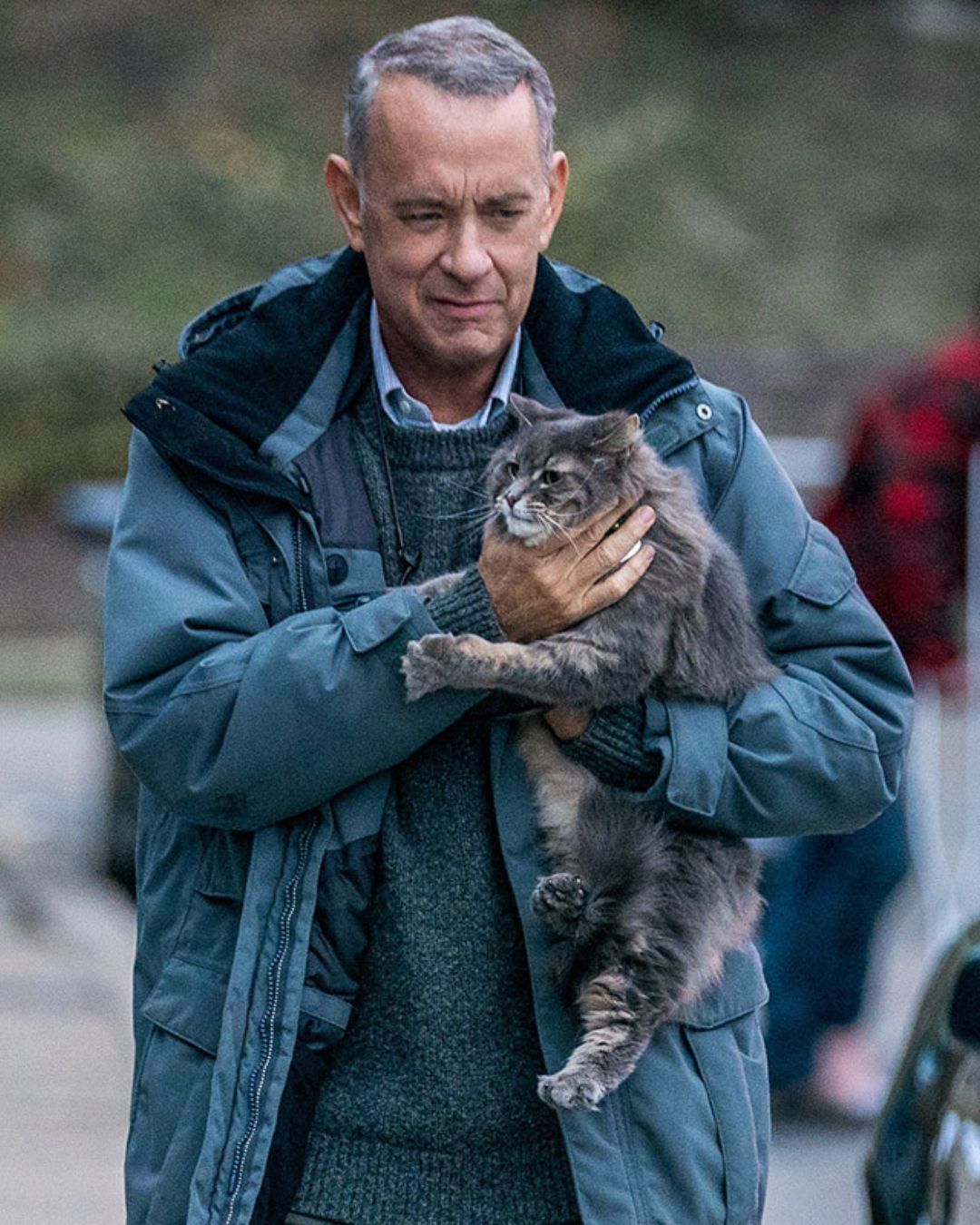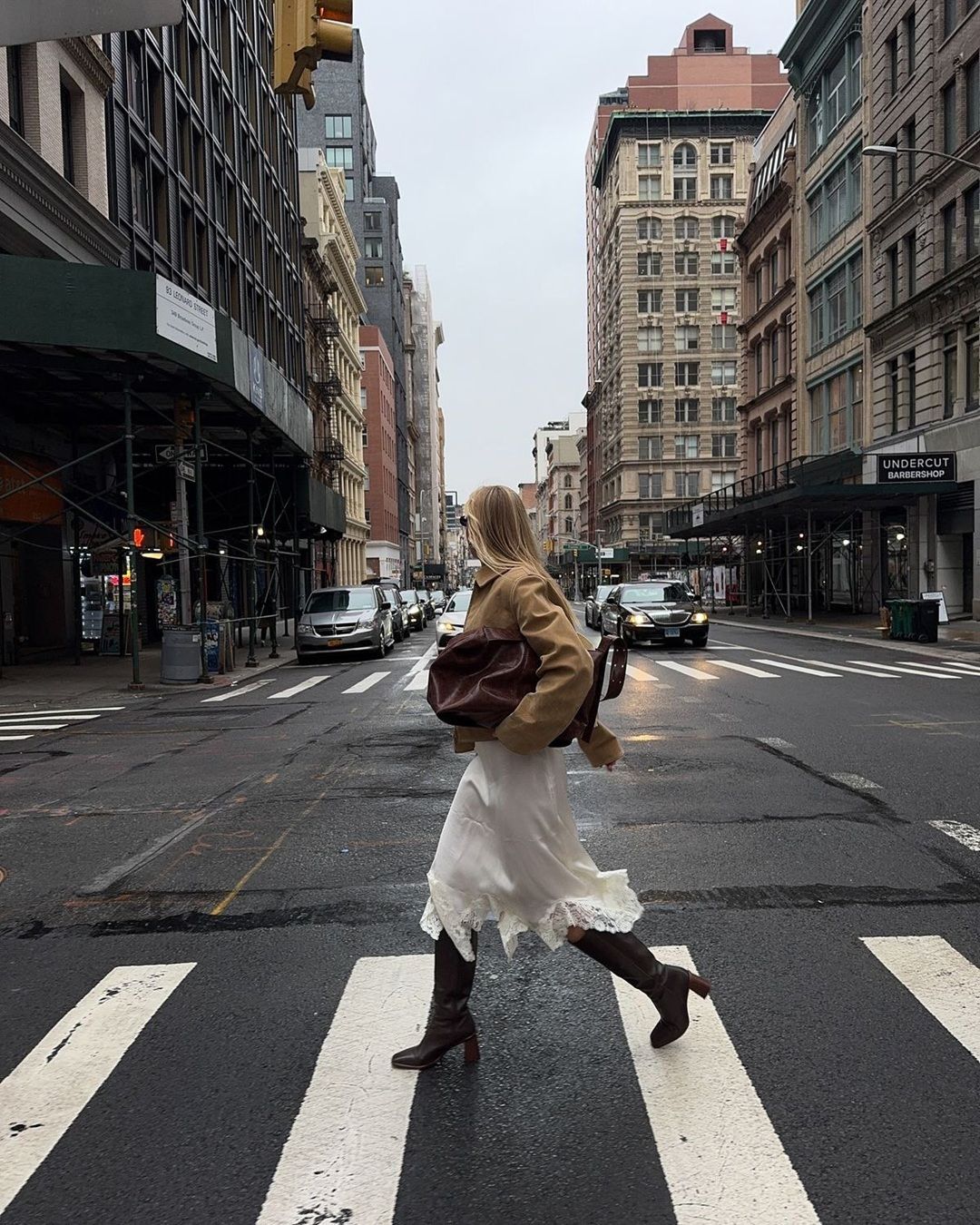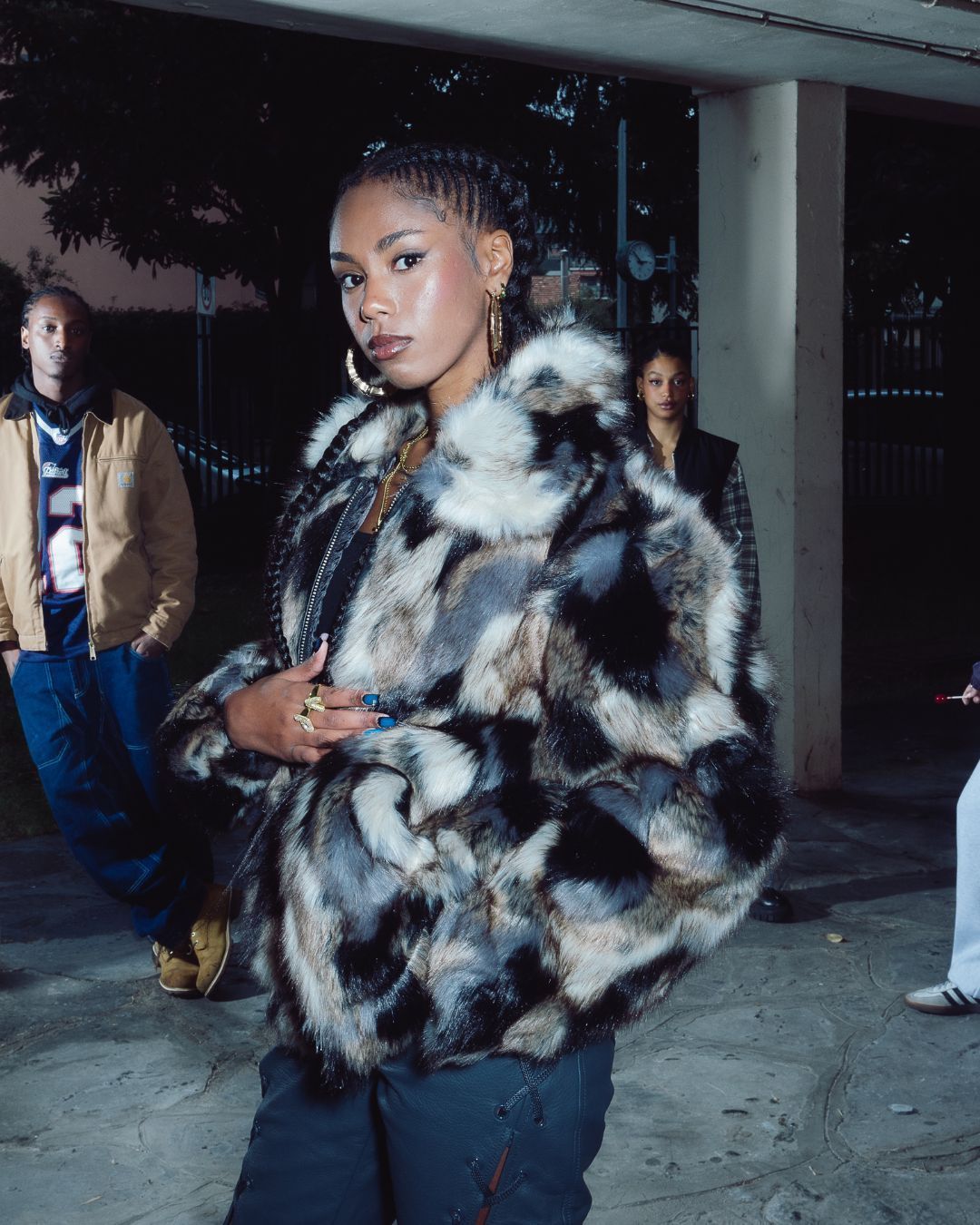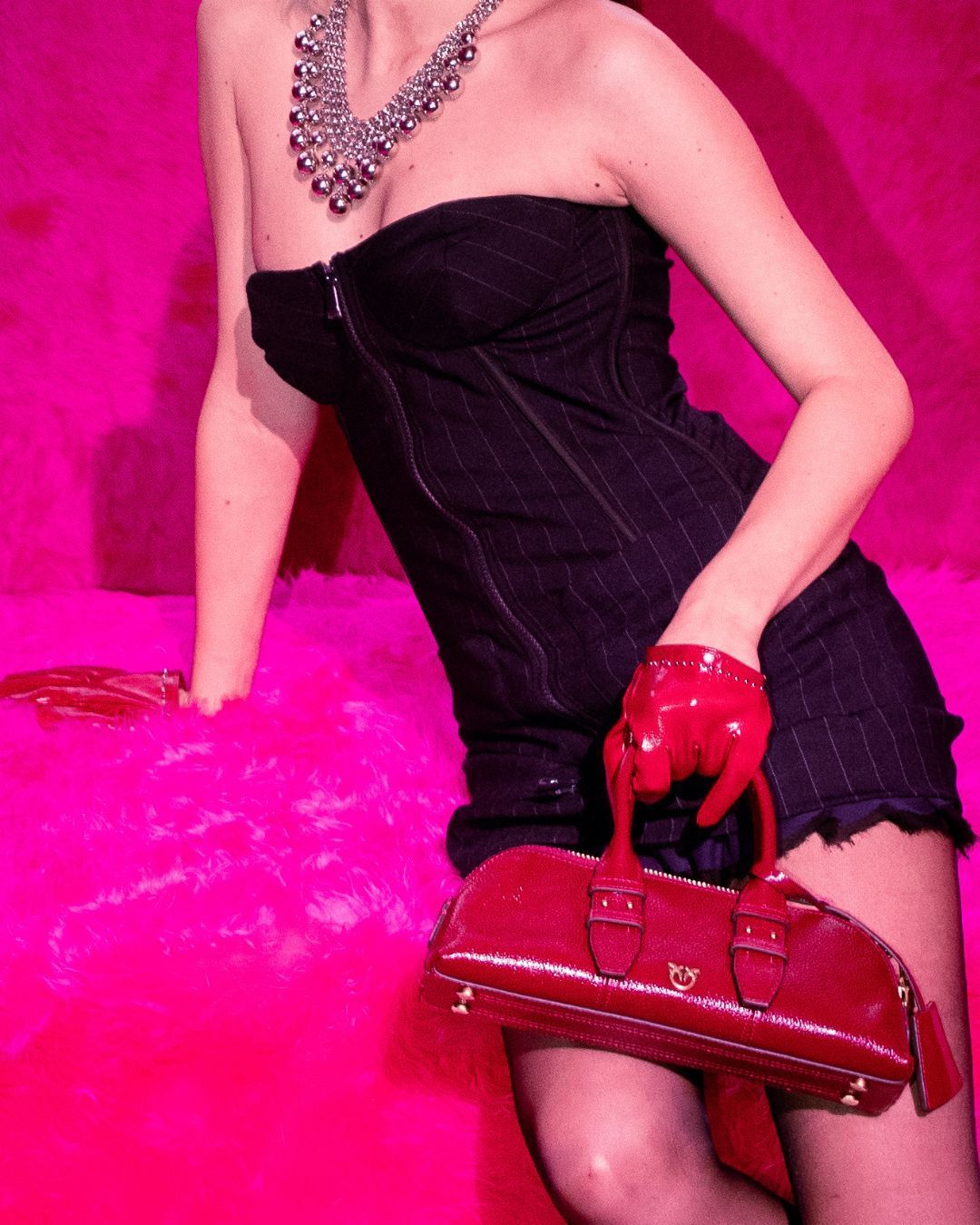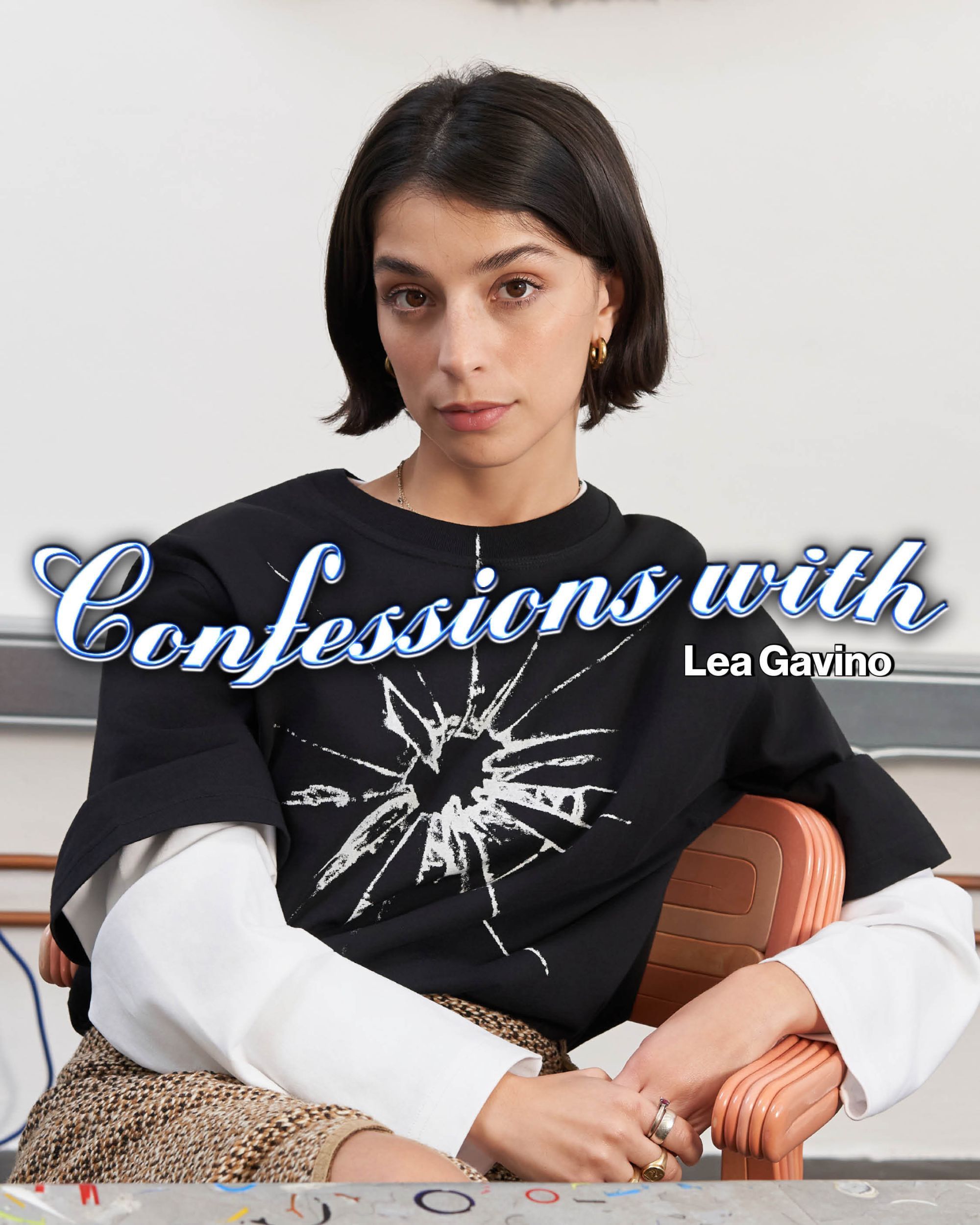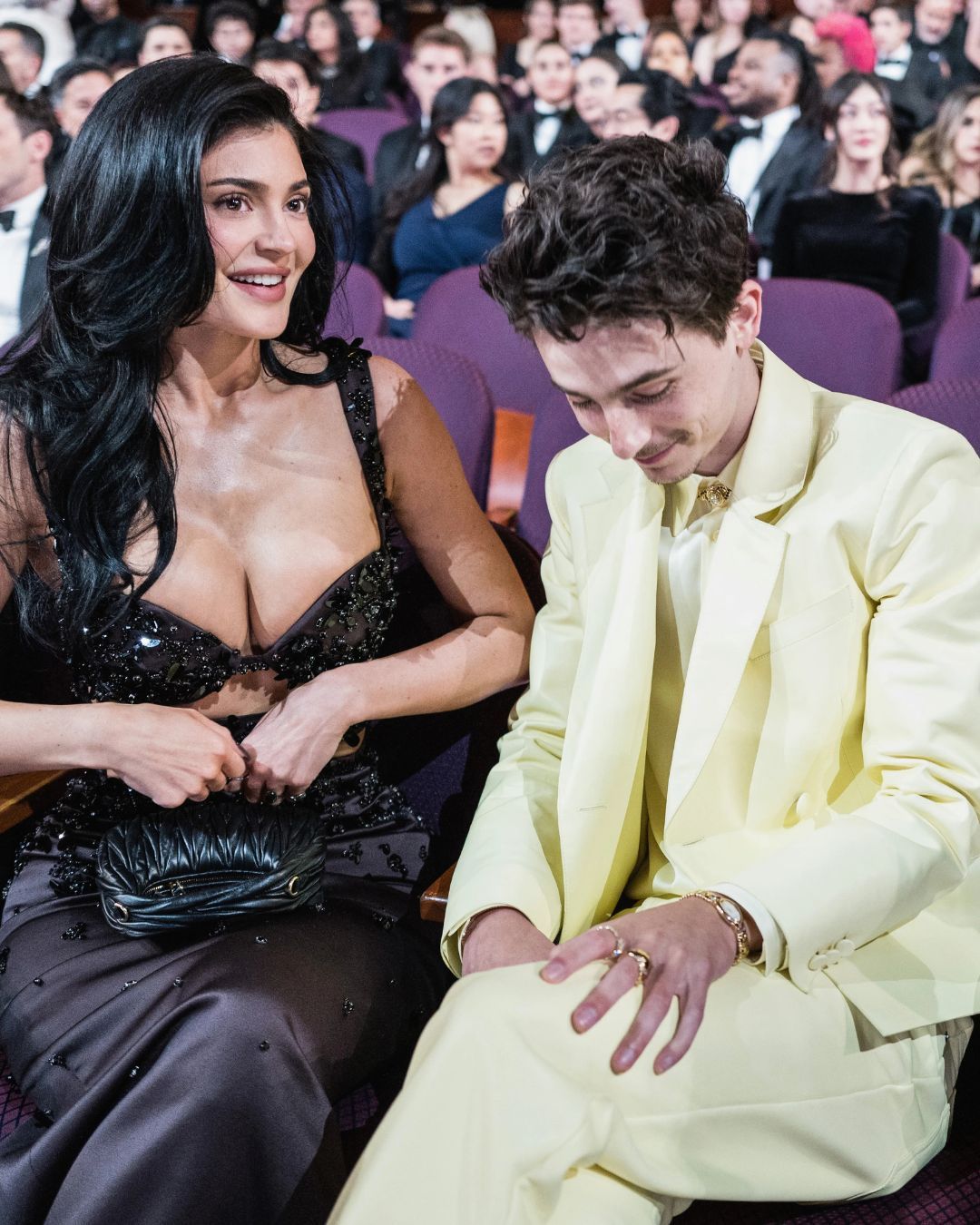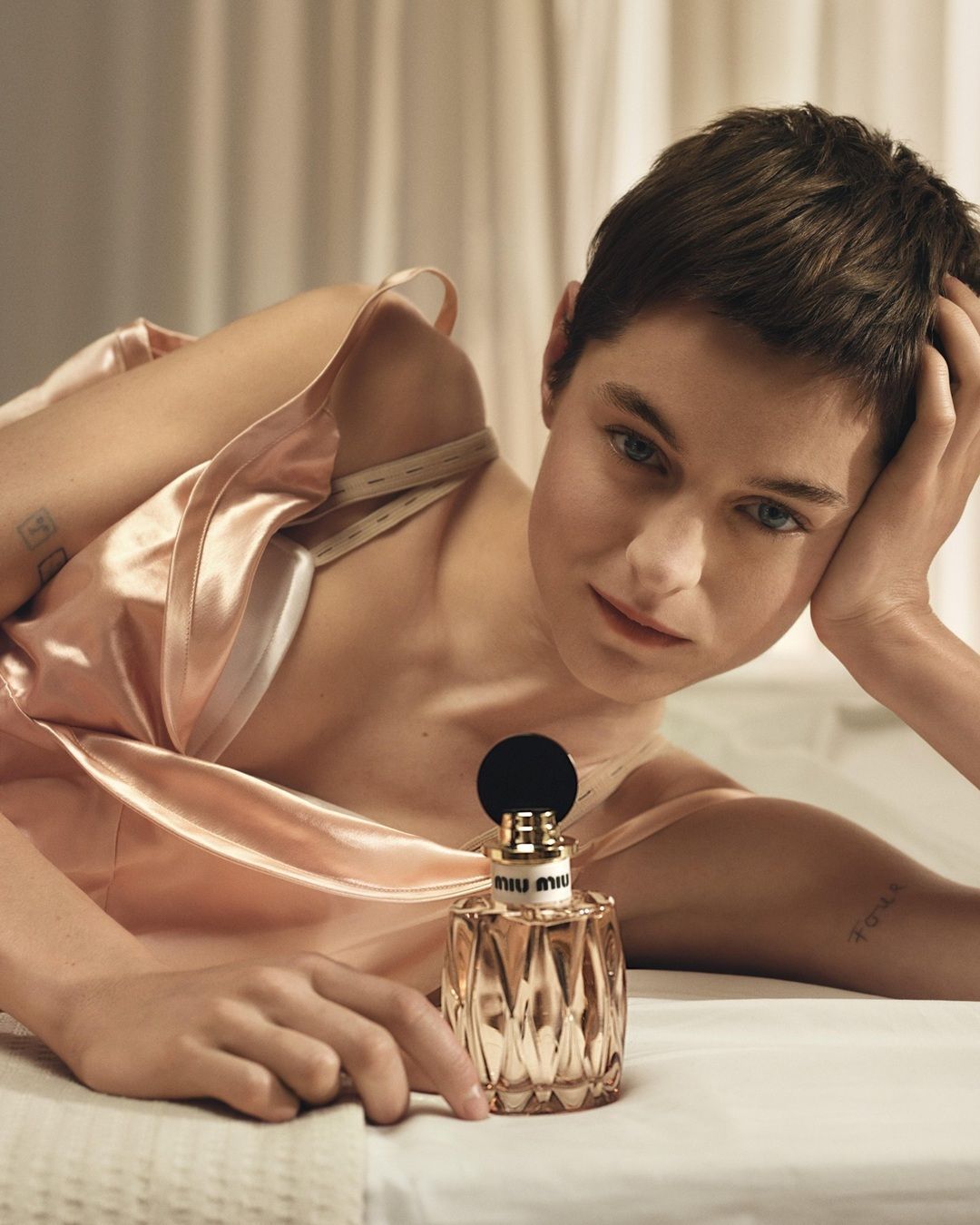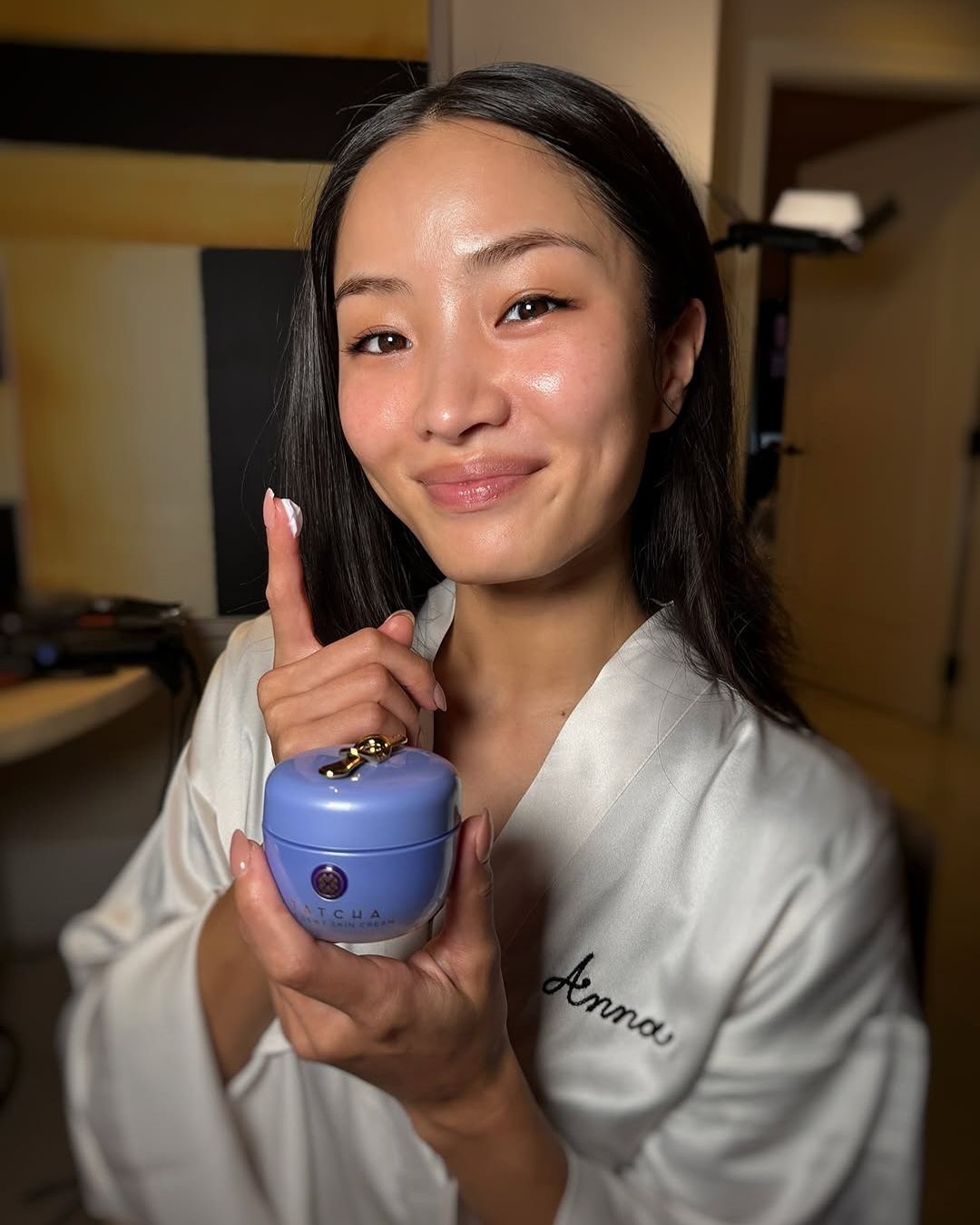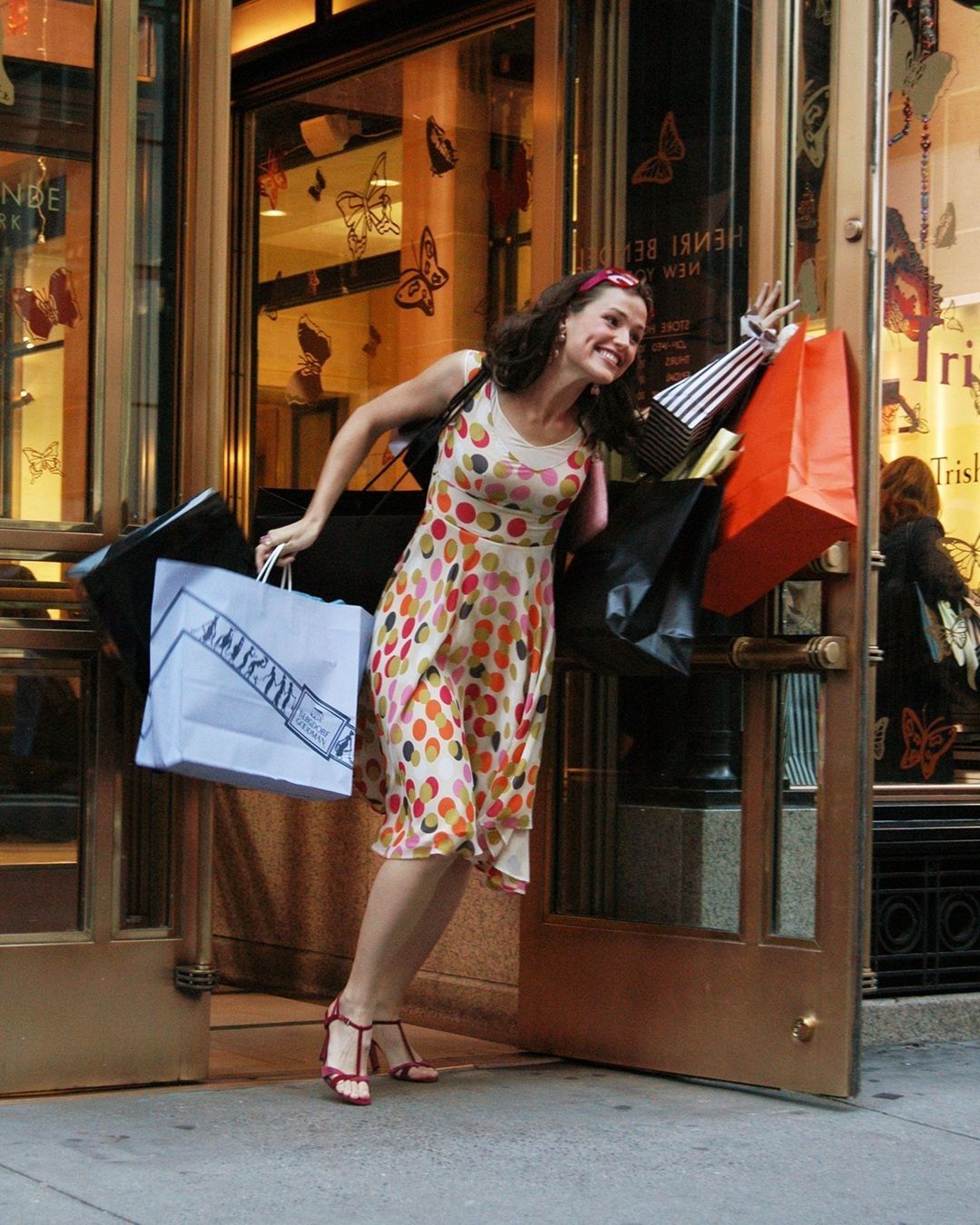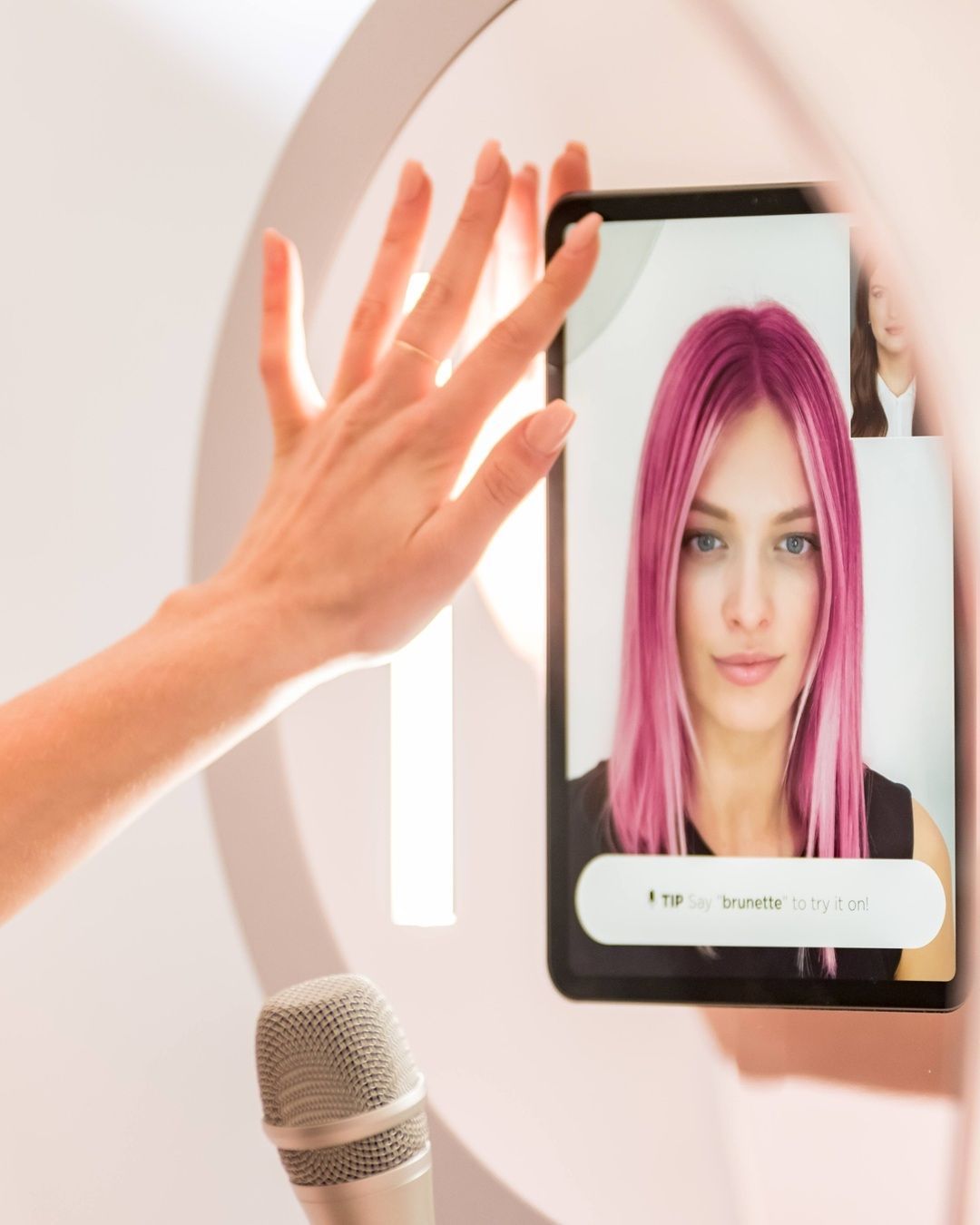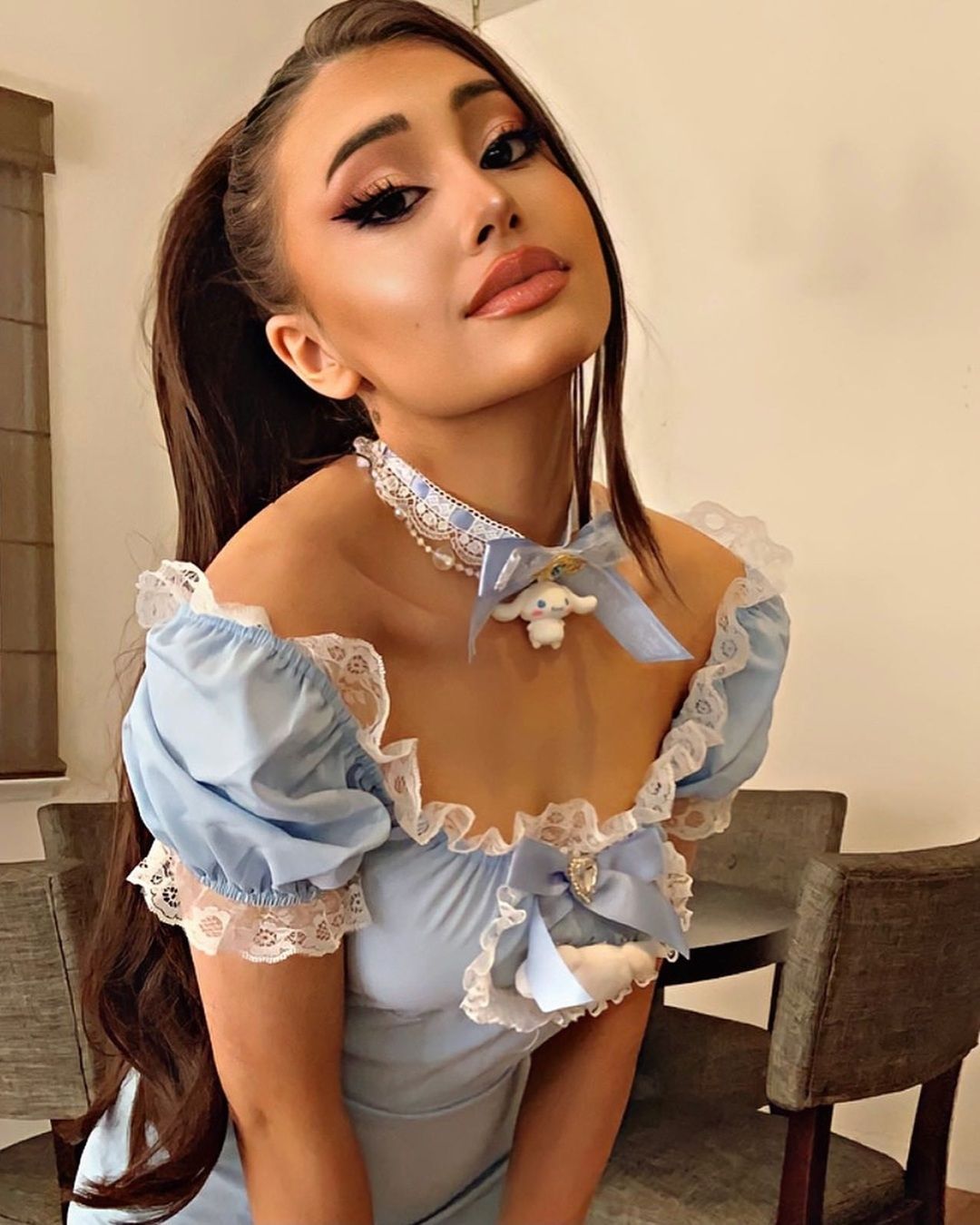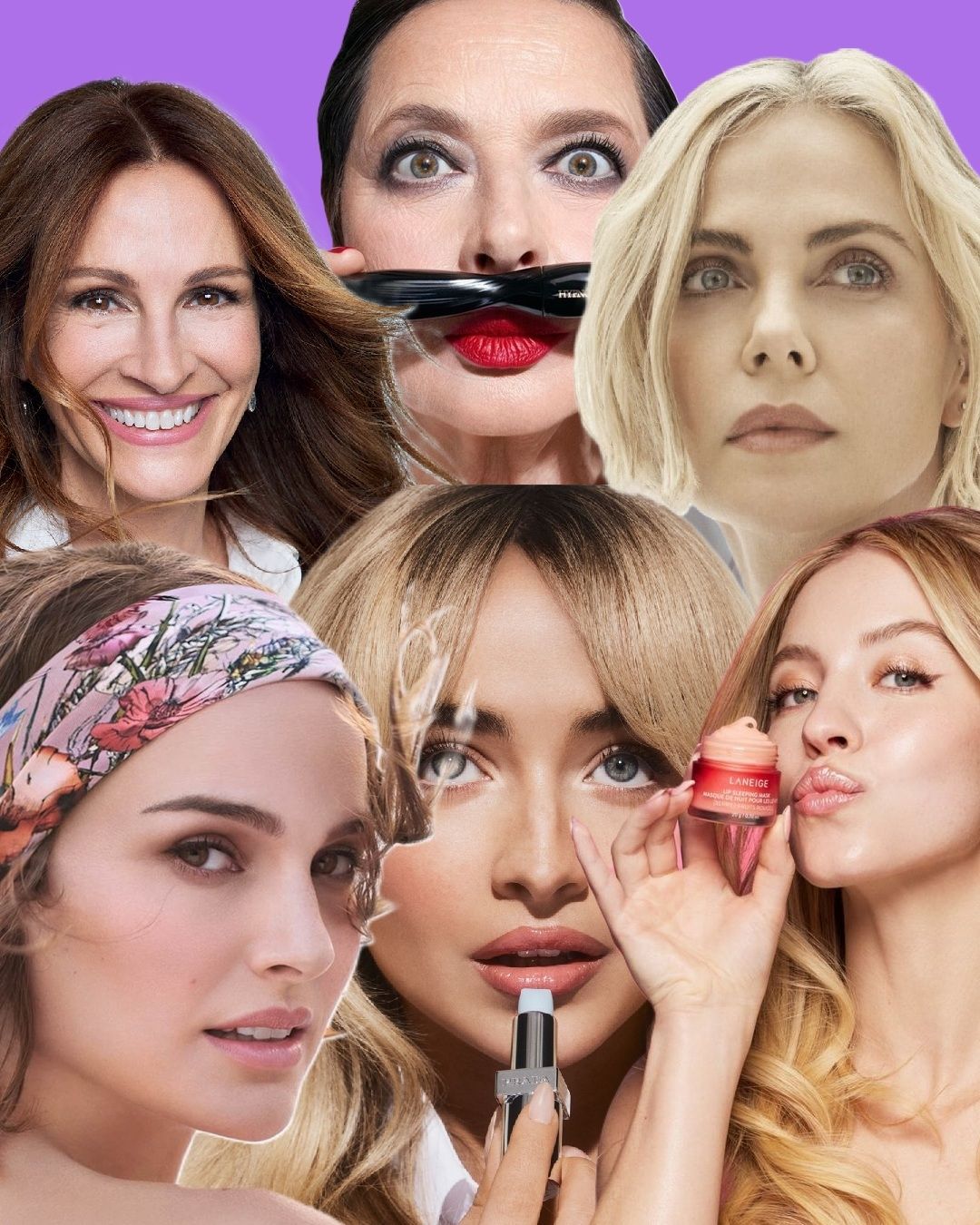
How important are celebrity ambassadors to beauty brands? Faces, values and strategies: the power of celebrities in beauty
There are iconic commercials that stick in our collective memory like summer anthems. One glimpse of Charlize Theron emerging from a golden pool instantly evokes Dior J’adore. Or Isabella Rossellini whispering “La vie est belle” with European diva charm, long before that phrase became an Instagram wall cliché. Yet behind these moments lie strategic decisions, multimillion-dollar deals, and a system that turned the human face into economic leverage. In 2025, more than ever, pop icons no longer just dominate music charts or win film awards. Today, a celebrity in beauty branding can redefine the economic and cultural fate of a brand with a single campaign. In a time when consumption is tied to identity, beauty brands rely on familiar faces to shape consumer choices, dreams, and conversations. But what seems like a simple ad campaign is actually a complex, structured dynamic. The role of celebrity ambassadors in beauty has never been more crucial. We've entered an era where influence has surpassed the product itself, turning spokespeople into creators of culture and desire. But what lies behind this ever-tightening alliance?
How is a beauty ambassador chosen?
Compared to a few decades ago, the relationship between brand and celebrity is much more fluid, shaped by algorithms, engagement rates, cultural identity, and long-term strategies. Choosing an ambassador starts with meticulous analysis, because the wrong match can be costly. The wrong name can disconnect the brand from its audience. The right one, however, can turn a foundation into an icon. There’s an entire economy built around these decisions, agencies, image consultants, managers, focus groups, and creatives all working to find the perfect combination between a brand’s DNA and a celebrity’s aura. The best can predict tomorrow’s “it girl” before the world catches on. Others opt for established icons, like Natalie Portman, who has been the face of Miss Dior perfume since 2011, reportedly under a contract worth "$10 million for X years." But these expert teams aren’t just looking for followers and fame. As several industry insiders explain, they seek stars who can “activate” audiences, generating both cultural and financial value. They want celebrities who are consistent, relevant, and above all, Instagrammable.
The power of the right face
Beauty brands today aren’t just looking for glamour. They want resonance. They want to be part of the conversation. They want engagement that leads to purchases. They know full lips alone don’t sell lipsticks anymore, nor does perfect skin automatically launch a skincare line. The faces that matter are the ones that tell a story, embody a message, and blend aesthetics, identity, and aspiration. But be warned: who’s perfect today might not be tomorrow. That’s why brands favor celebrities who can both represent a value system and communicate credibly with a disillusioned, demanding, and deeply informed public that no longer wants to just feel “inspired”, they want to be seen. Being a brand ambassador is no longer just a title, it’s a continuous performance. But when the connection feels real, or at least believable, the return can be massive. That’s why today’s ambassadors include activists, actresses of different ethnicities, curvy models, and transgender individuals. Take Nicola Coughlan, rising star of Bridgerton, chosen by Neutrogena for their “Main Character Energy” campaign. Her unpolished, real, and smart image helped the brand connect with a new generation of young women who don’t want to feel “gorgeous”, they want to feel like protagonists. Another emblematic example is Rosé, BLACKPINK’s vocalist and muse of Yves Saint Laurent Beauté. Her ethereal yet relatable image, merging East and West, generated a jaw-dropping $6.6 million in media value for a single post.
When the ambassador no longer works
The relationship between beauty and celebrity isn’t always rosy. It can be ruthless. When an ambassador no longer reflects a brand’s values, whether due to age, visibility, or cultural shifts, the dismissal comes. Quiet, but decisive. No matter how elegant it may seem, the beauty world can be brutal, and still adheres to harsh criteria where beauty has an expiration date. Especially for women. With time, the narrative is shifting. The industry has opened up to more inclusion and learned to handle transitions more gracefully. After twenty years, Dior Beauty decided last year to no longer feature Charlize Theron as the face of their J’adore fragrance empire. The announcement was grand: Theron would now represent the brand’s jewelry and skincare lines. Then, three months later, Rihanna was unveiled as the new star of the J’adore campaigns.
One face, many roles: the power of the multitasking ambassador
There was a time when one brand wanted to “own” the image of a beauty celebrity. The model was clear: one muse, one brand, one exclusive narrative. Think Lily-Rose Depp, perfect Chanel girlie and heir to her mother Vanessa Paradis’s refined glamour. But those days of monogamous exclusivity are over. Today’s celebrity is polyphonic. You might see her in a Sol de Janeiro ad, then posing among SkinCeuticals vials, and later flaunting beachy waves for Nexxus. Just like Sofia Richie Grainge, TikTok queen and new face of multitasking beauty—selling dreams and serums across multiple platforms. And if you think it’s just a follower count game, look at Sydney Sweeney. One moment she’s modeling for Armani Beauty, the next she’s spraying Laneige on her face, twisting her hair with Kérastase, and embracing the musky notes of Dr. Squatch. All while promoting Mustang, Heydude, and even Bai drinks. Exclusivity is now a contractual luxury, no longer the rule. The new norm? Avoid direct overlap: if you promote lipsticks, don’t sign with another lipstick brand. But if one’s skincare and the other’s make-up, why not both? The public can tell the difference. Brands can negotiate. There was a time when contracts said: “Only us. No one else.” Now, it’s more about strategies, and a new diplomacy of image.
For celebrities, the face is gold: the economic payoff of endorsements
For celebrities, becoming a beauty ambassador isn’t just about visibility or prestige. It’s a smart, lucrative business move. A collaboration with a beauty brand can yield earnings far beyond those of a blockbuster movie, world tour, or hit album. Industry insiders say endorsement contracts in 2025 have reached new heights: eight-figure deals for stars like Zendaya, Taylor Swift and Rihanna. Rumor has it Chanel paid Timothée Chalamet $35 million for a campaign directed by Martin Scorsese, along with a handful of public appearances. And the best part? Often, for less than a week of actual work per year, stars can make as much or more than months spent on a movie set followed by grueling press tours. A photoshoot, a few interviews, a red carpet appearance, and a private influencer dinner can be enough to earn millions. The time-to-money ratio is unbeatable. But it’s not just “easy money.” For many celebrities, signing with a beauty brand is a strategic investment in their career. Having your face on billboards in subways, pharmacies, and airport duty-free shops means becoming a household name, seen and desired by audiences beyond your usual fanbase. For up-and-comers, it’s a career accelerator. For established names, it’s a branding boost. Meanwhile, brands don’t rest. They constantly monitor their celebrity’s “brand awareness.” They don’t just track sales, they analyze social engagement, media coverage, video views, and even perceived cultural relevance. By the end of a typical two- or three-year contract, they already know whether renewal is worth it. But as long as the collaboration lasts, it’s almost always a win-win.
When influence becomes capital
In a world where symbolic capital translates into economic value, celebrity faces become strategic assets. Beauty brands don’t just sell products: they sell dreams, embodied by recognizable people. And celebrities, in turn, capitalize on that image, gaining visibility, relevance, and millions. This isn’t just a partnership anymore, it’s a cultural and commercial ecosystem where aesthetics become economics, and image shapes collective identity.



